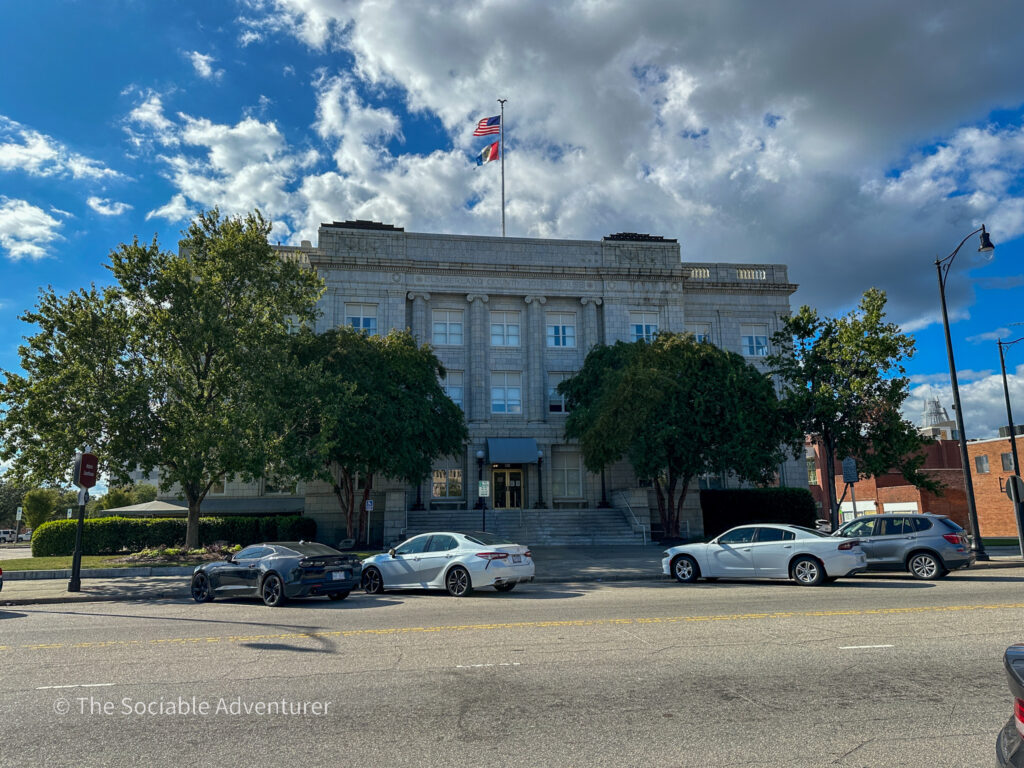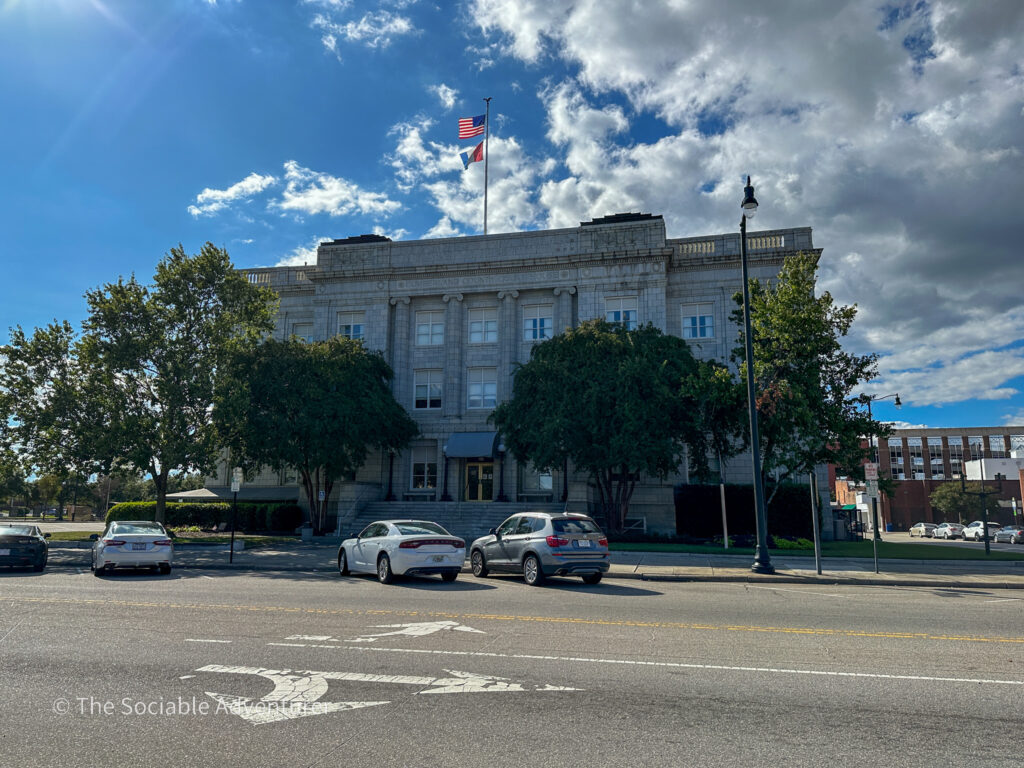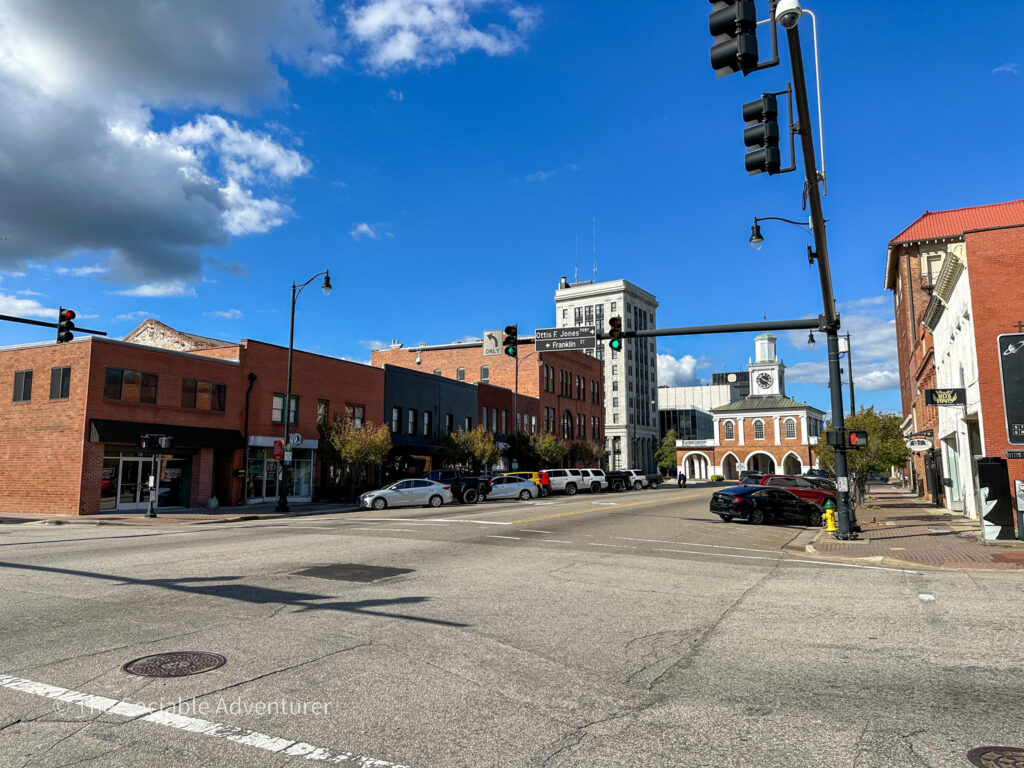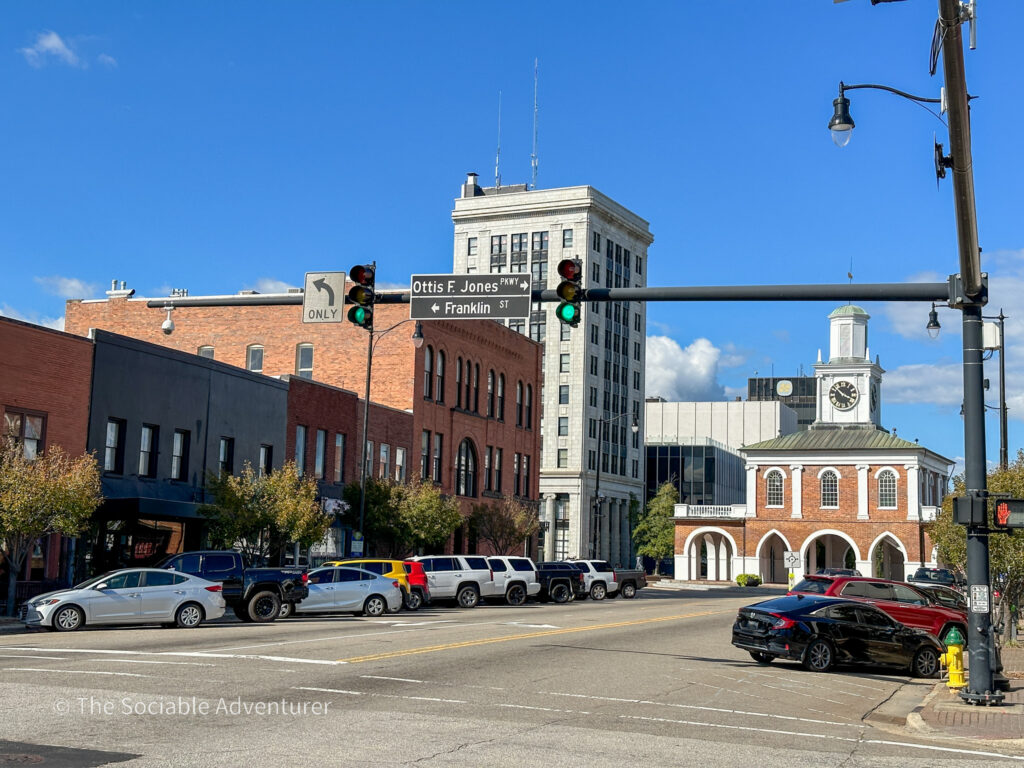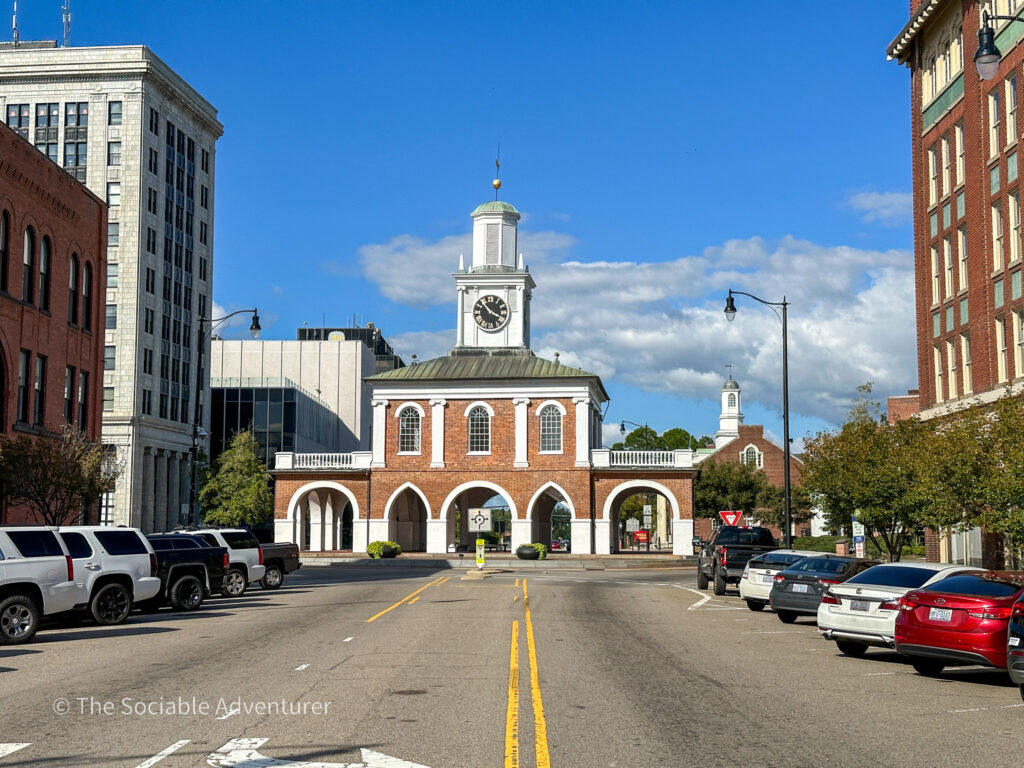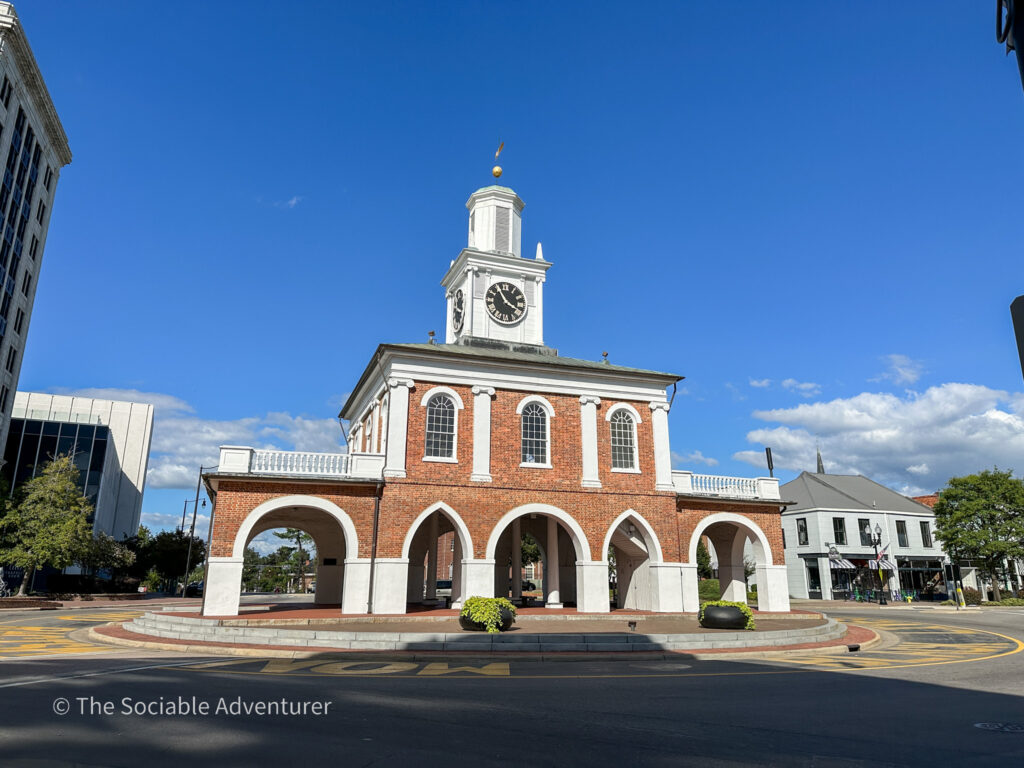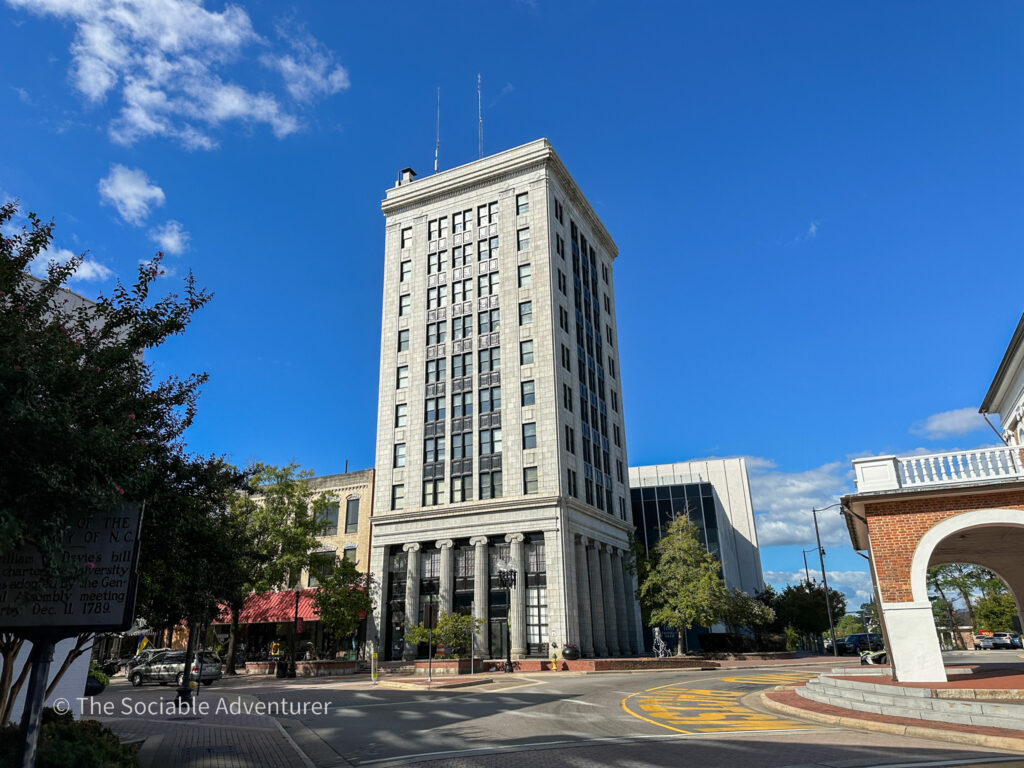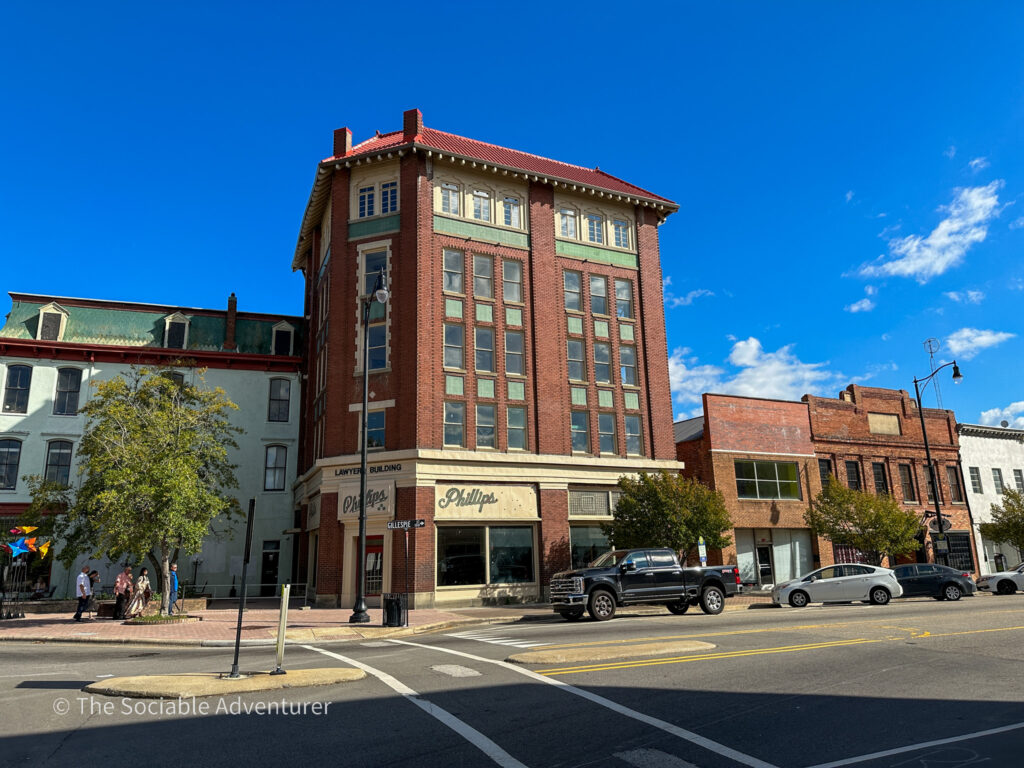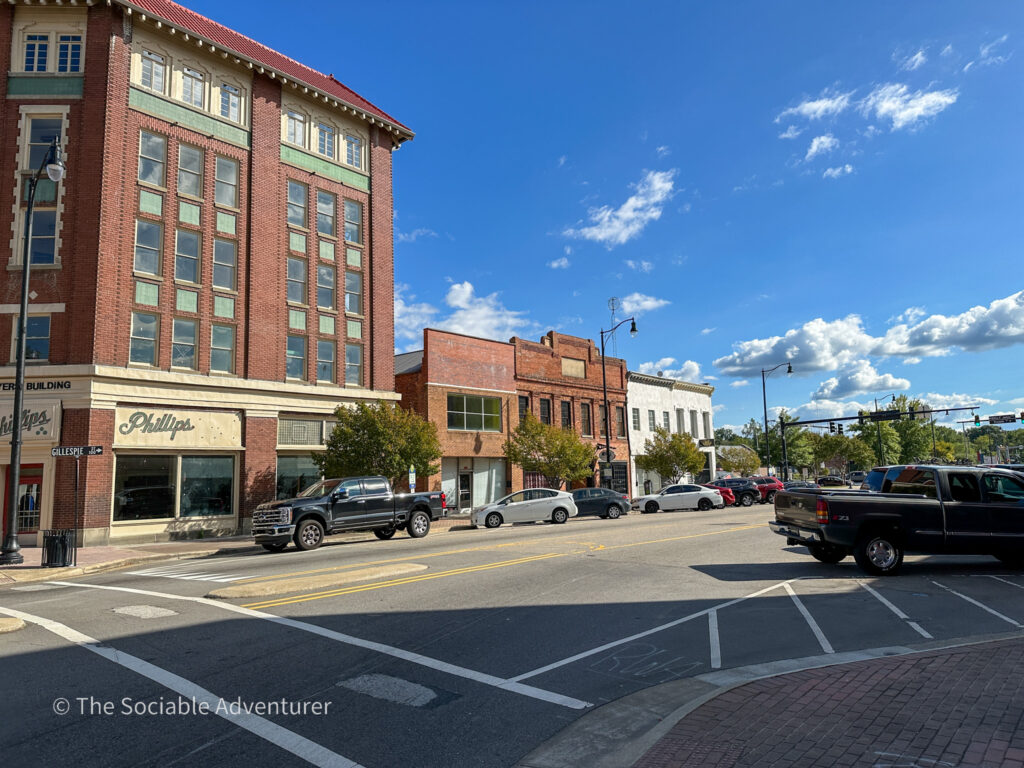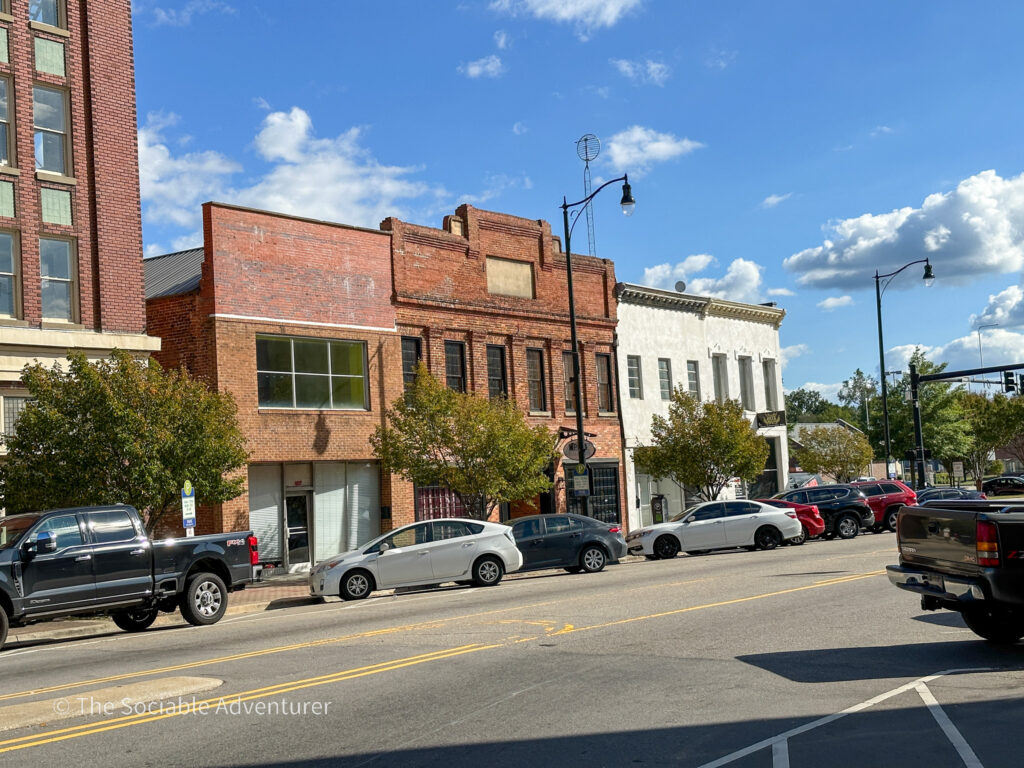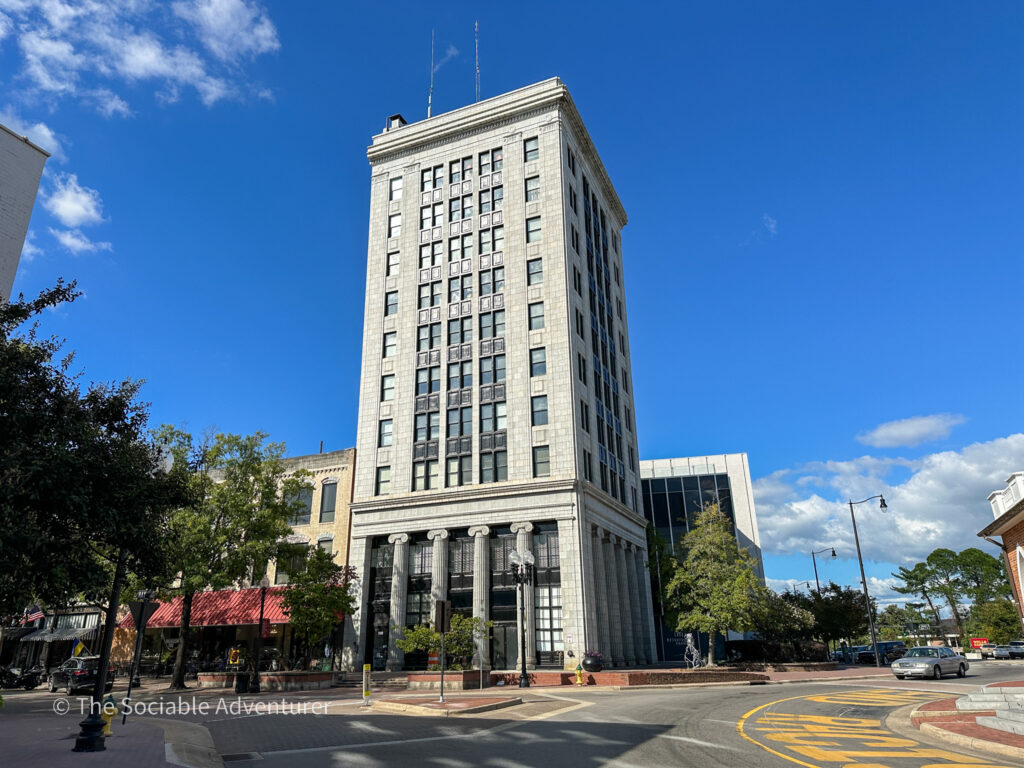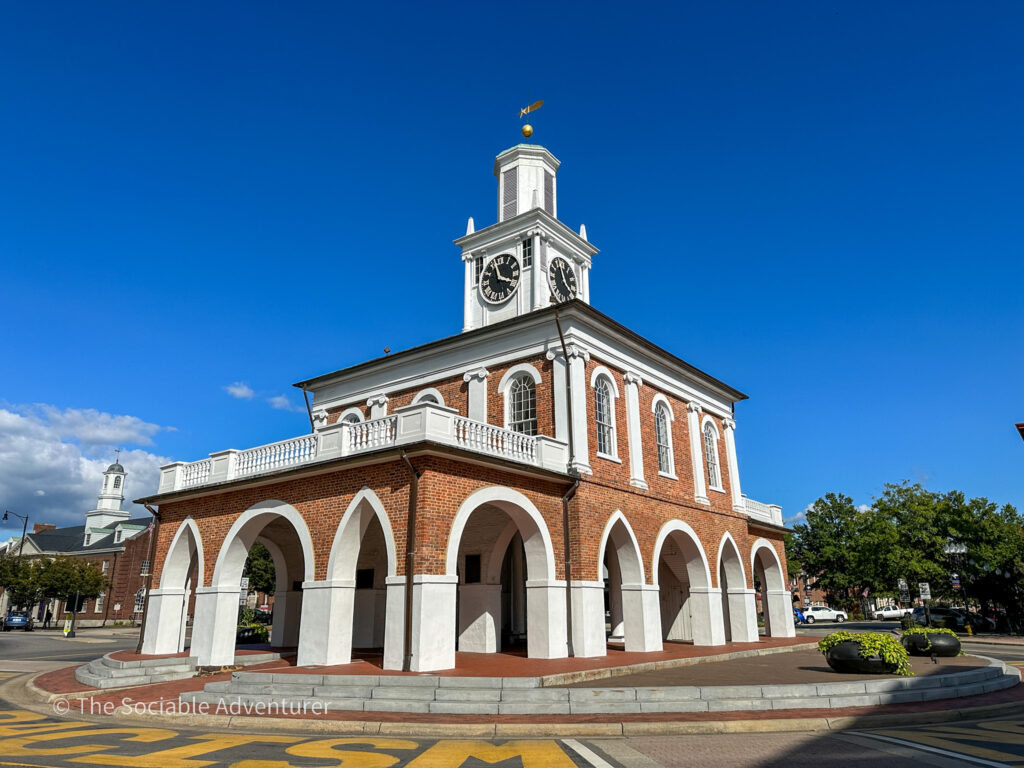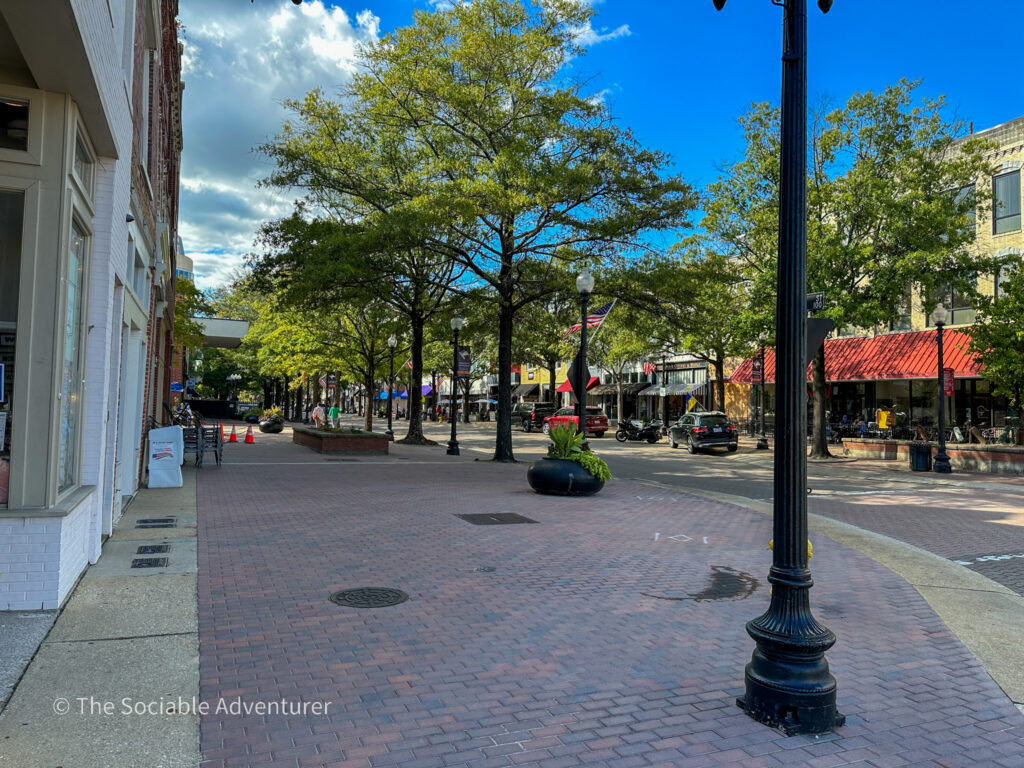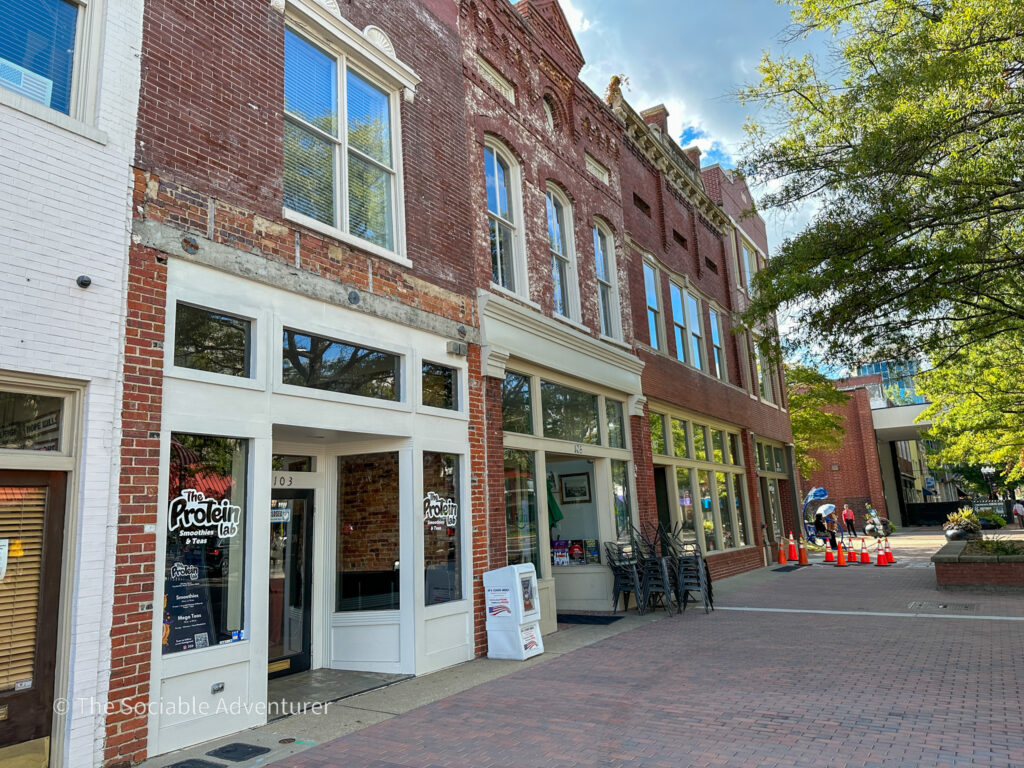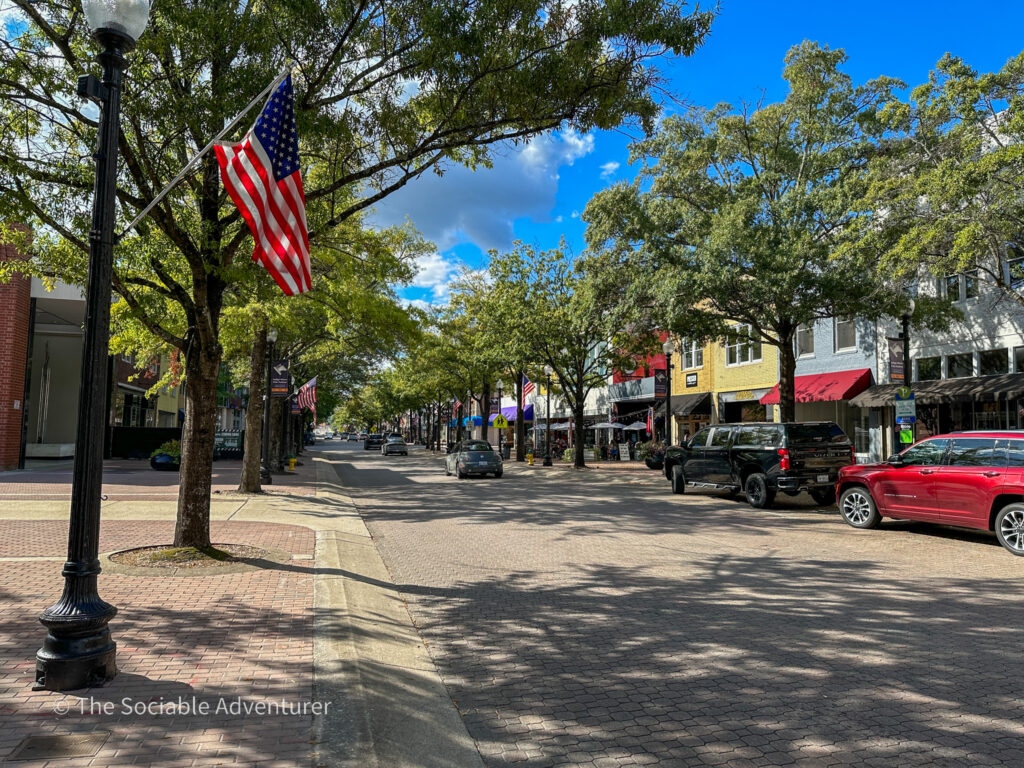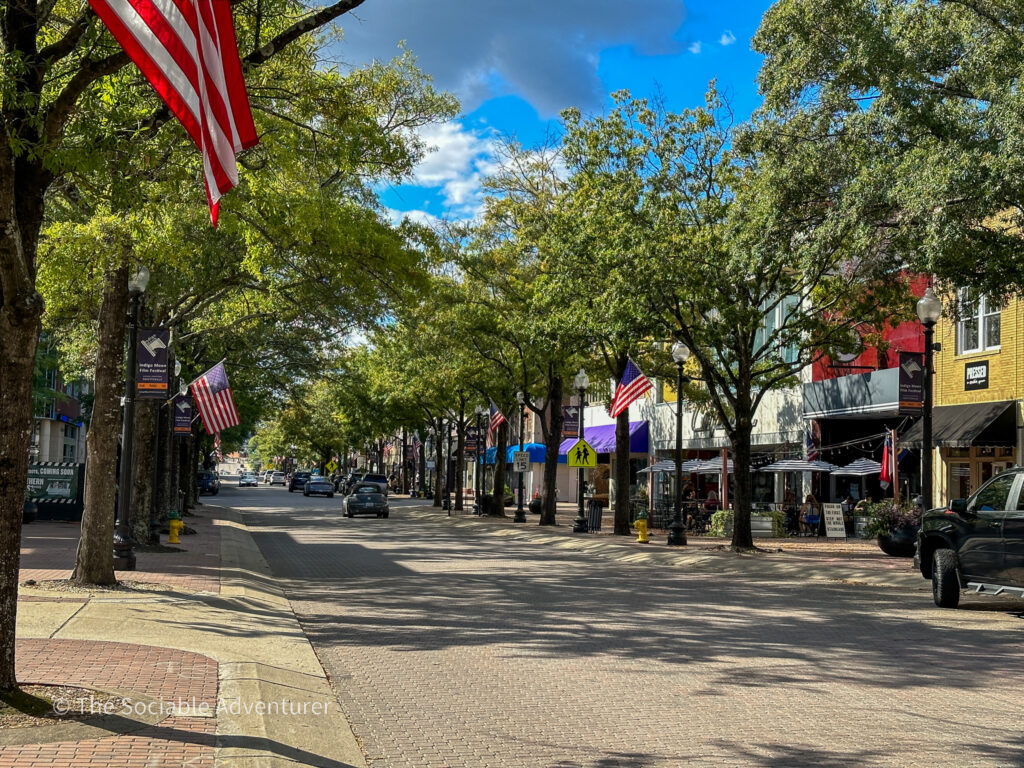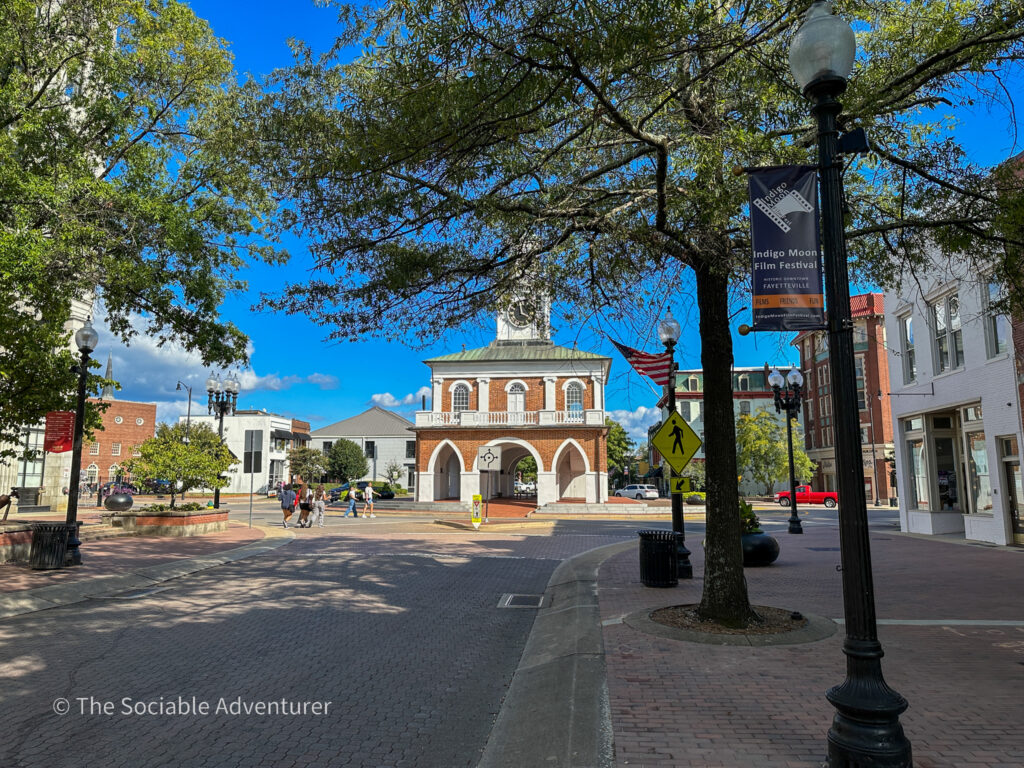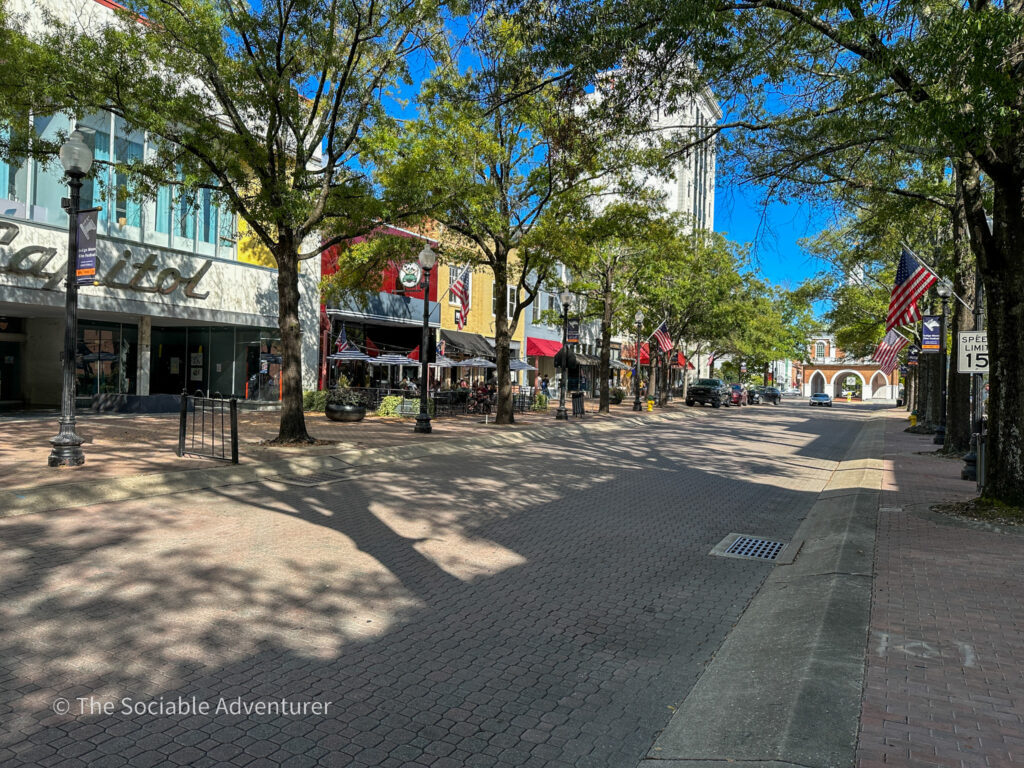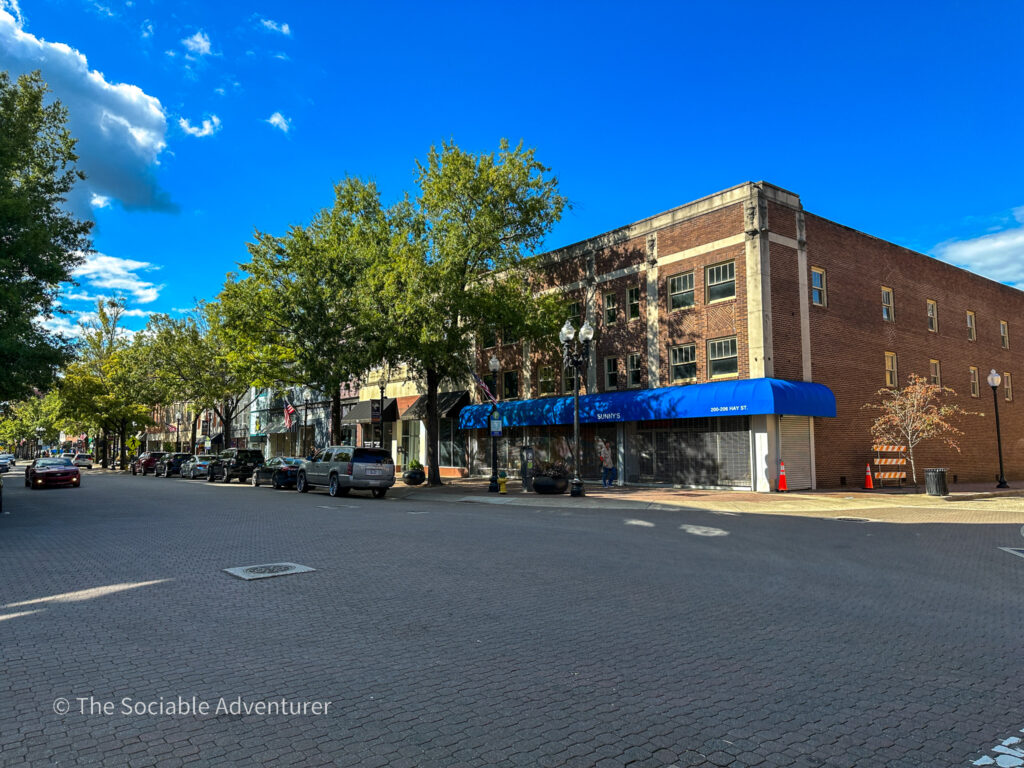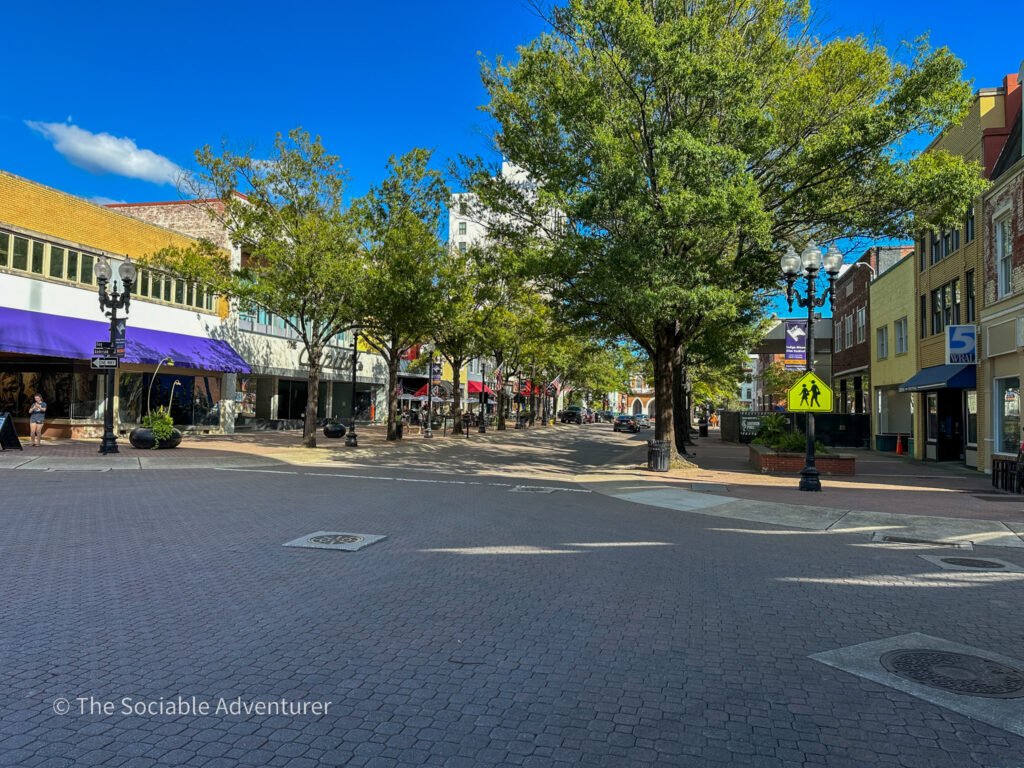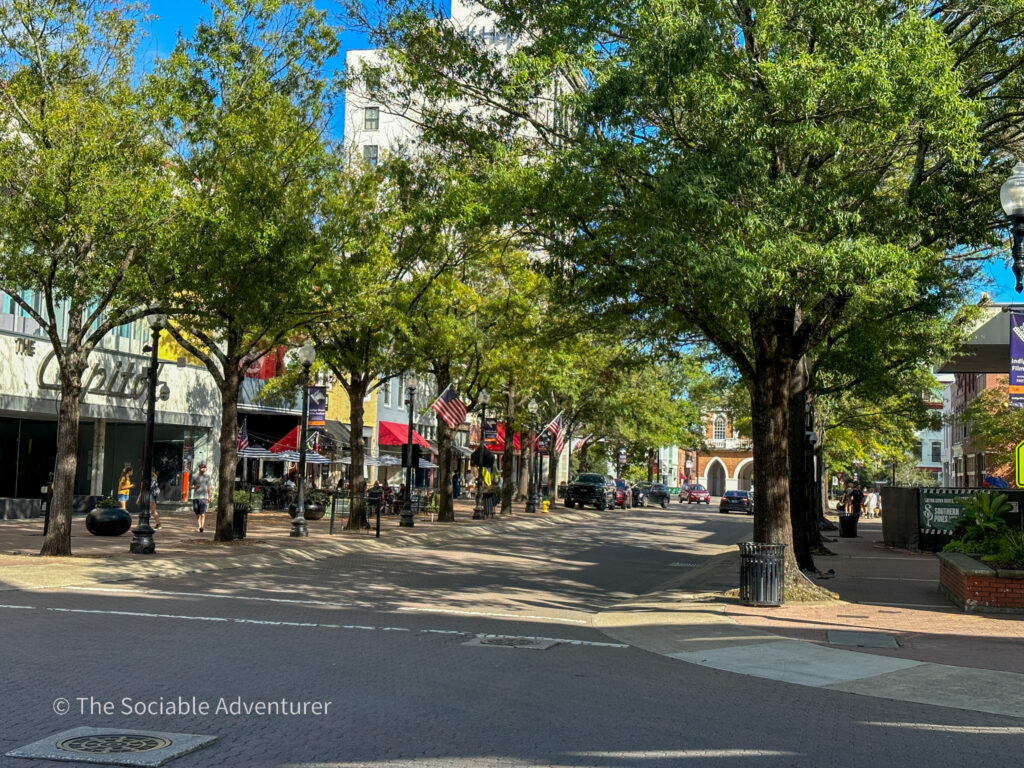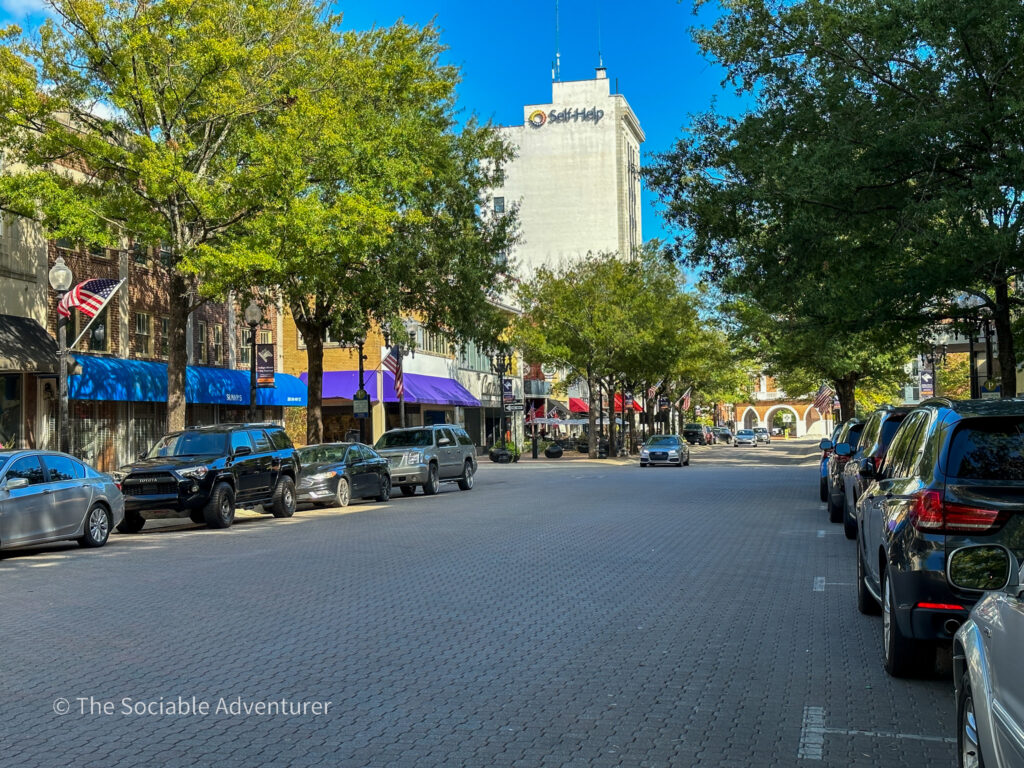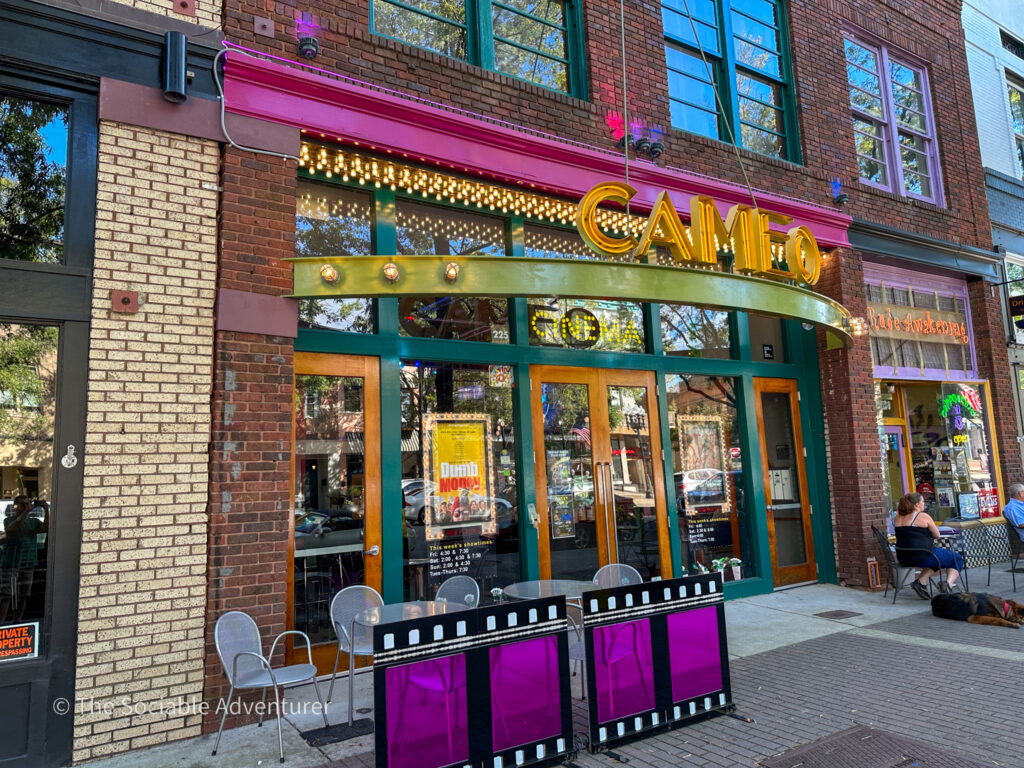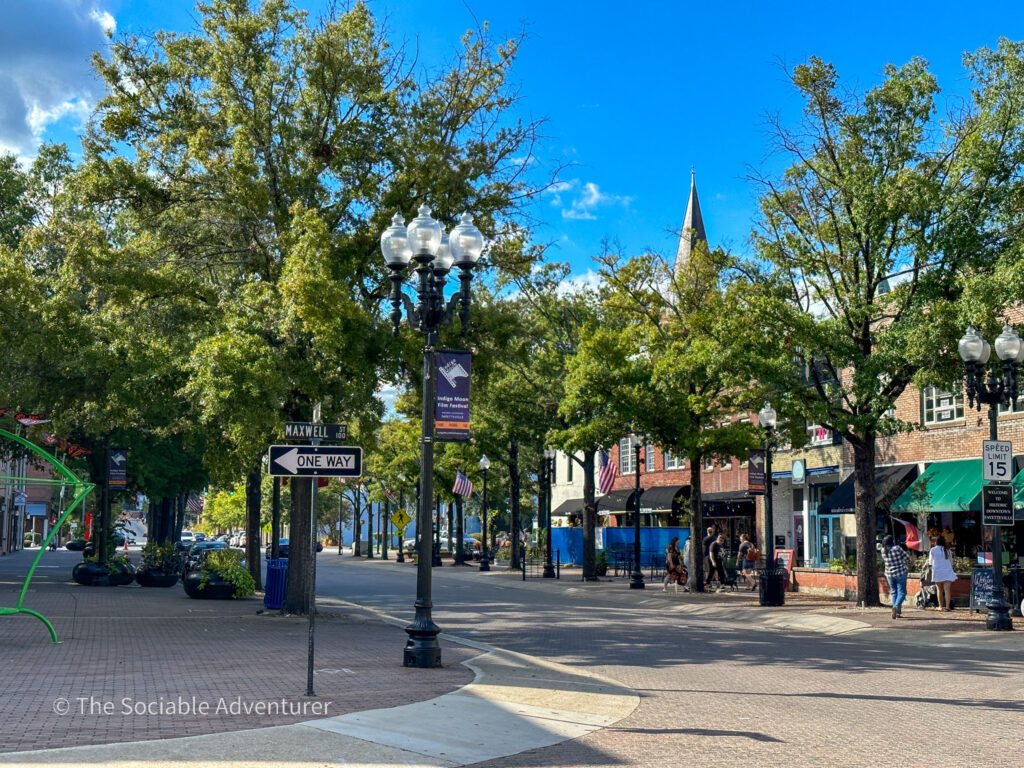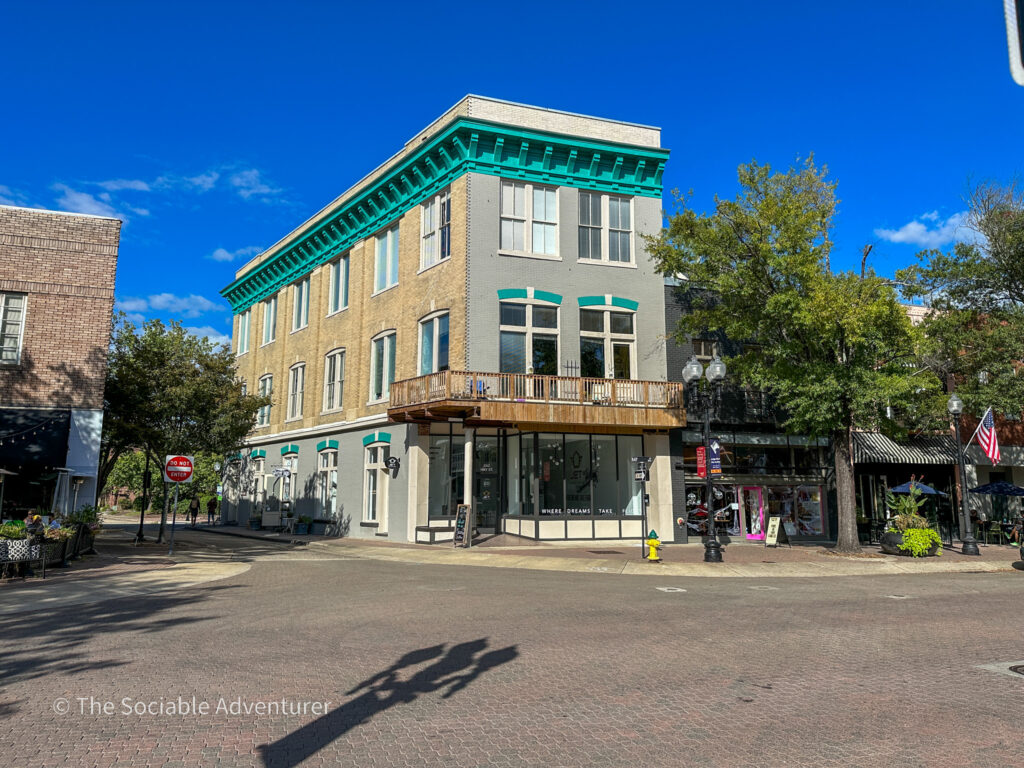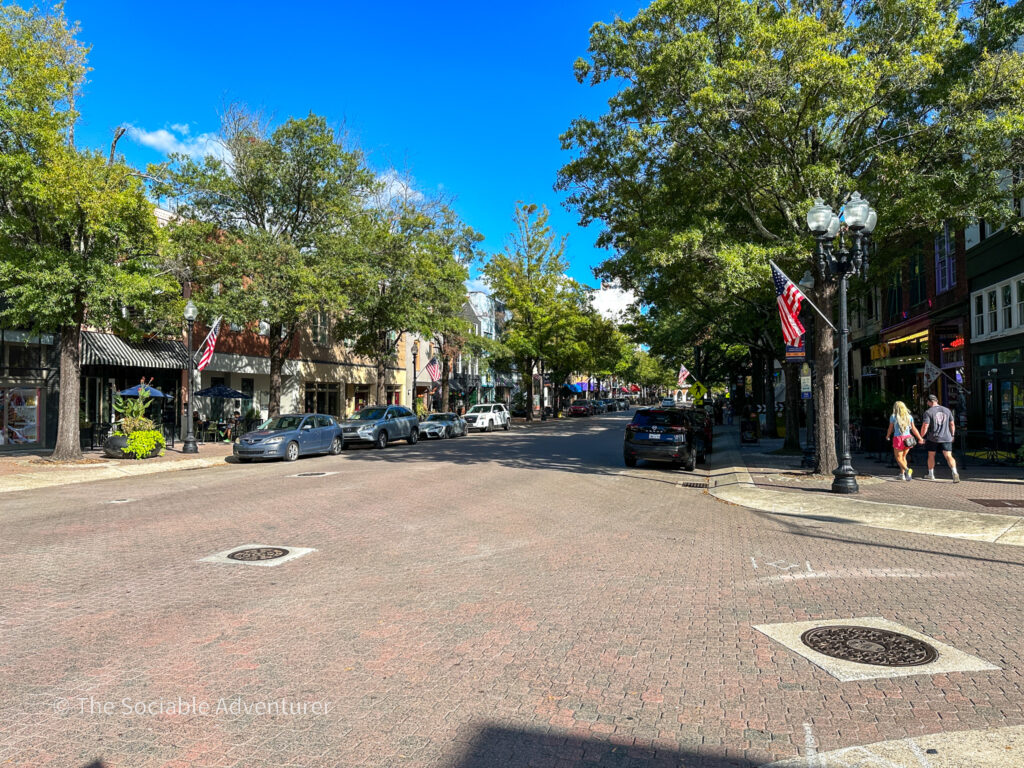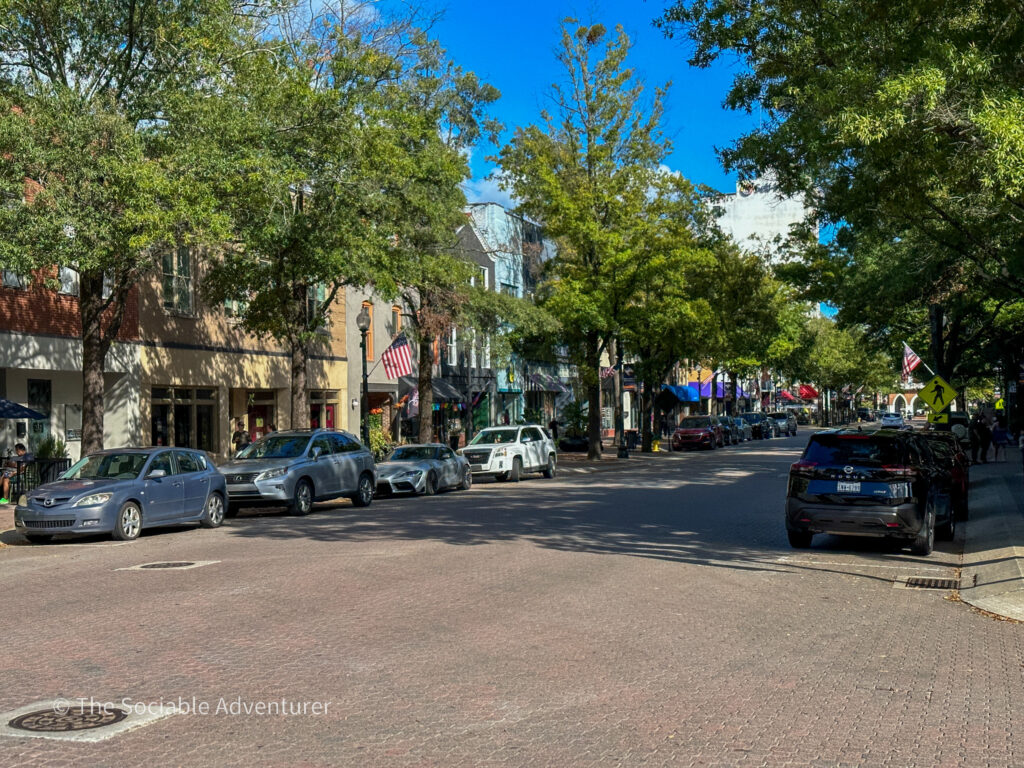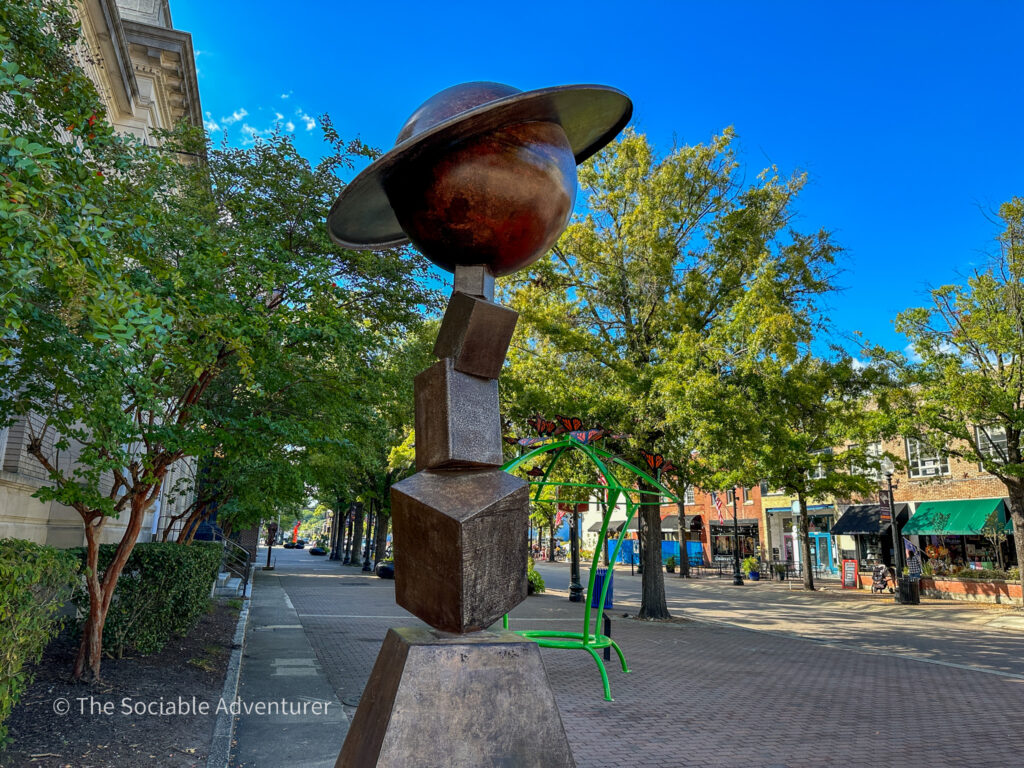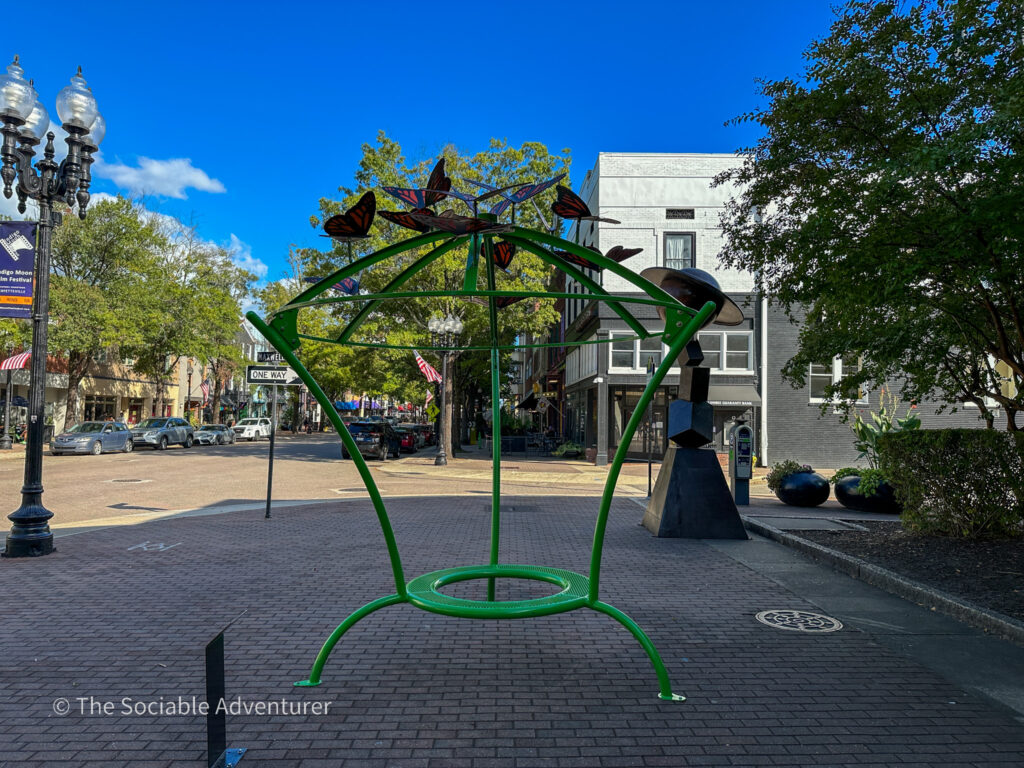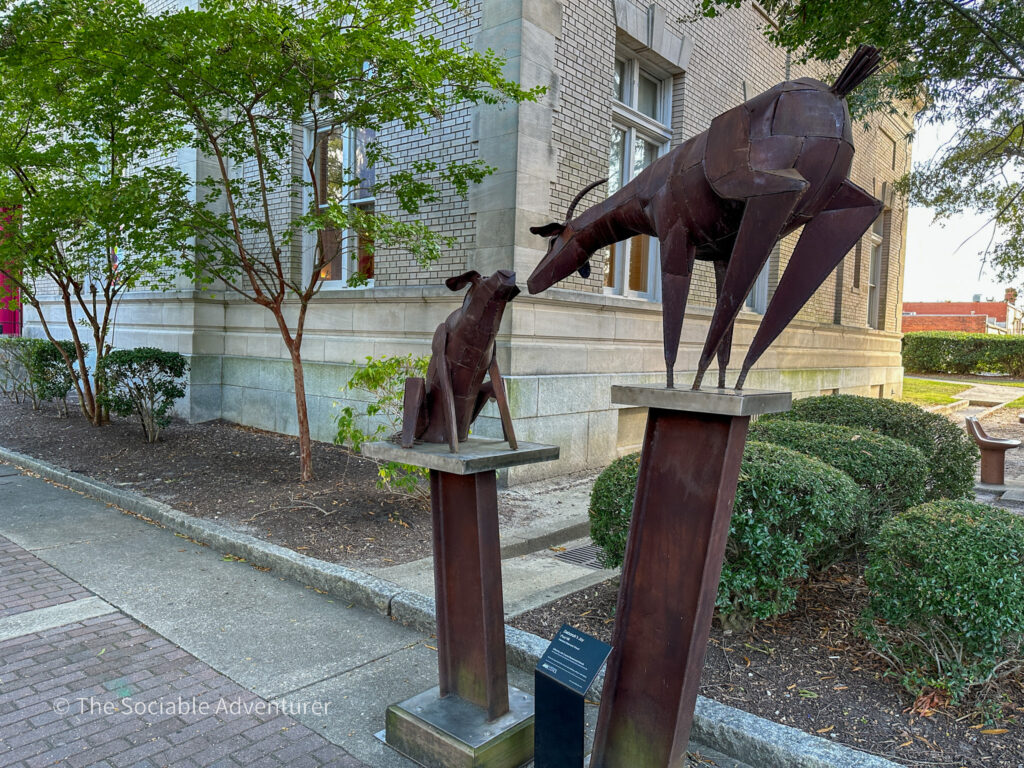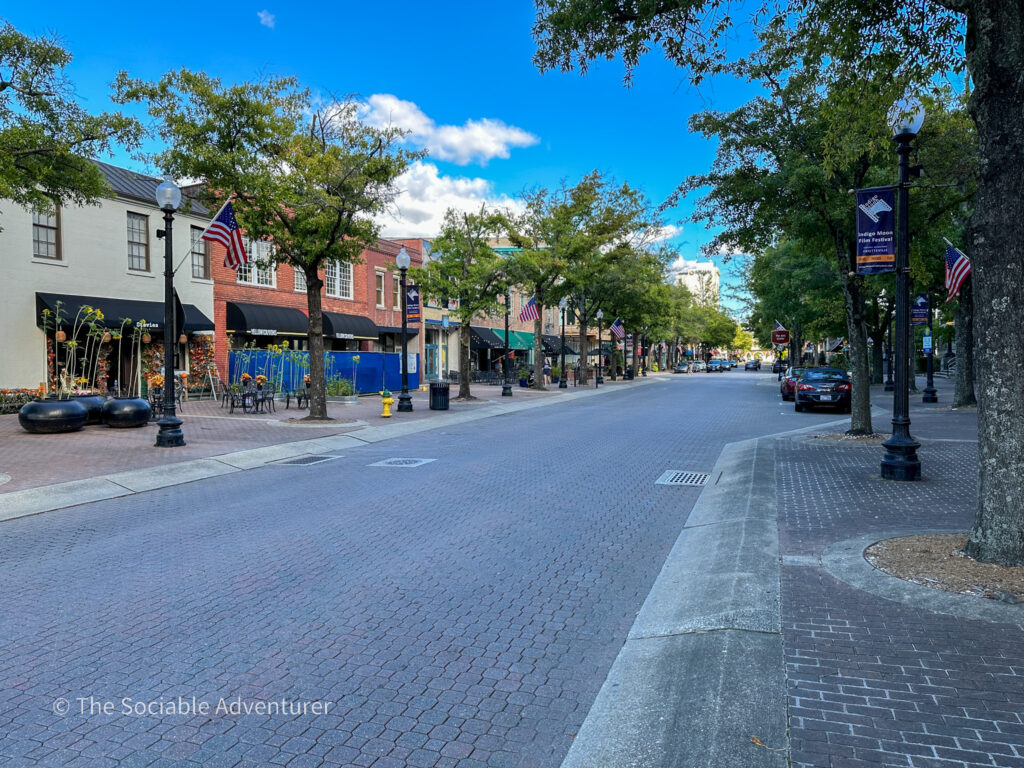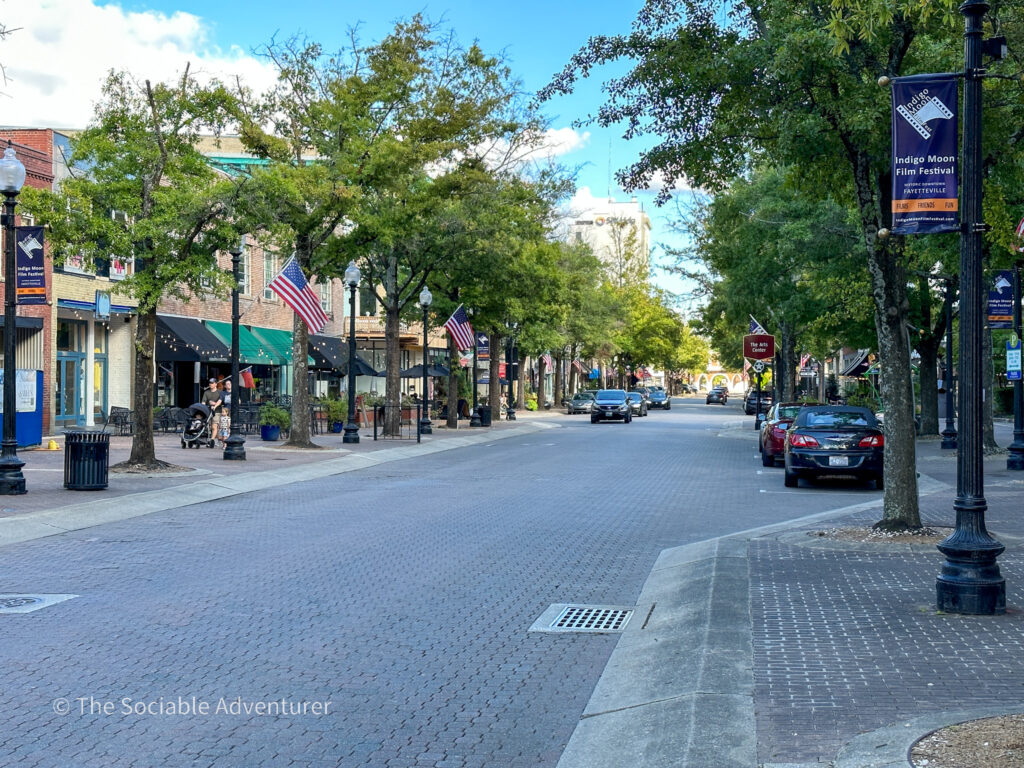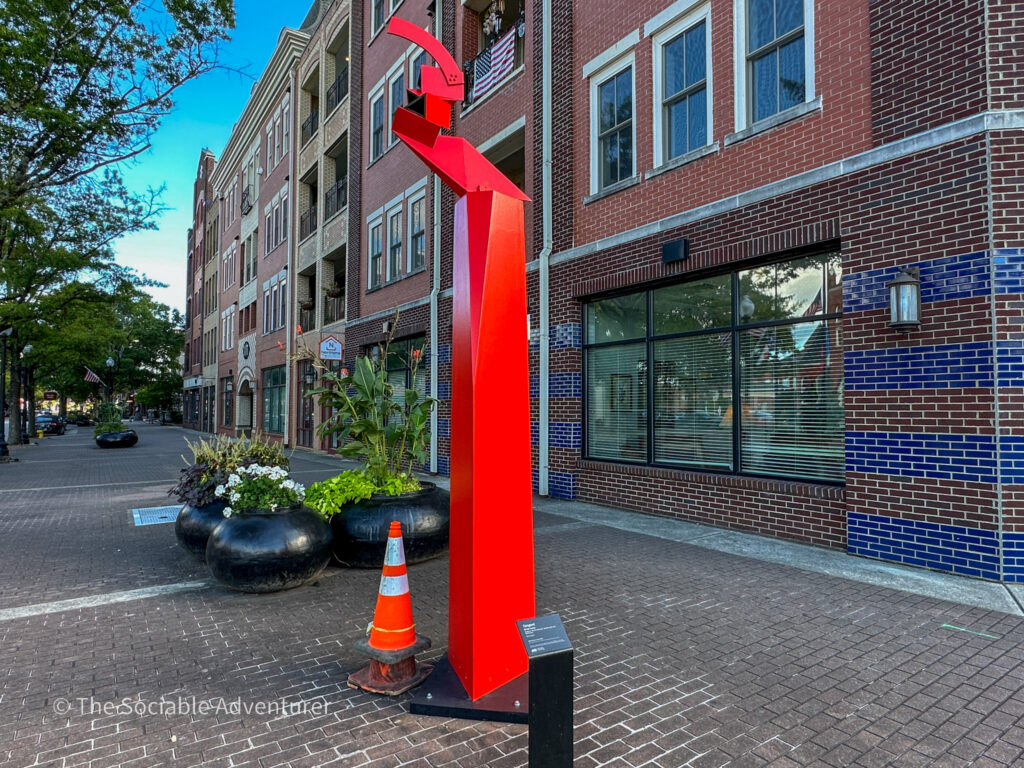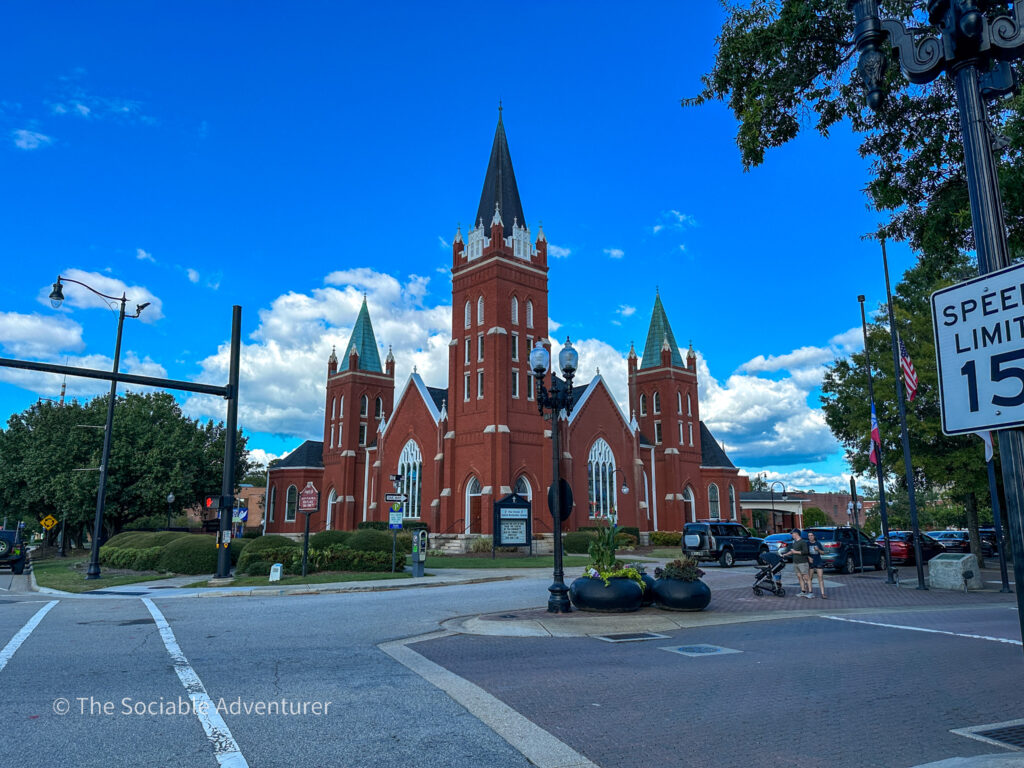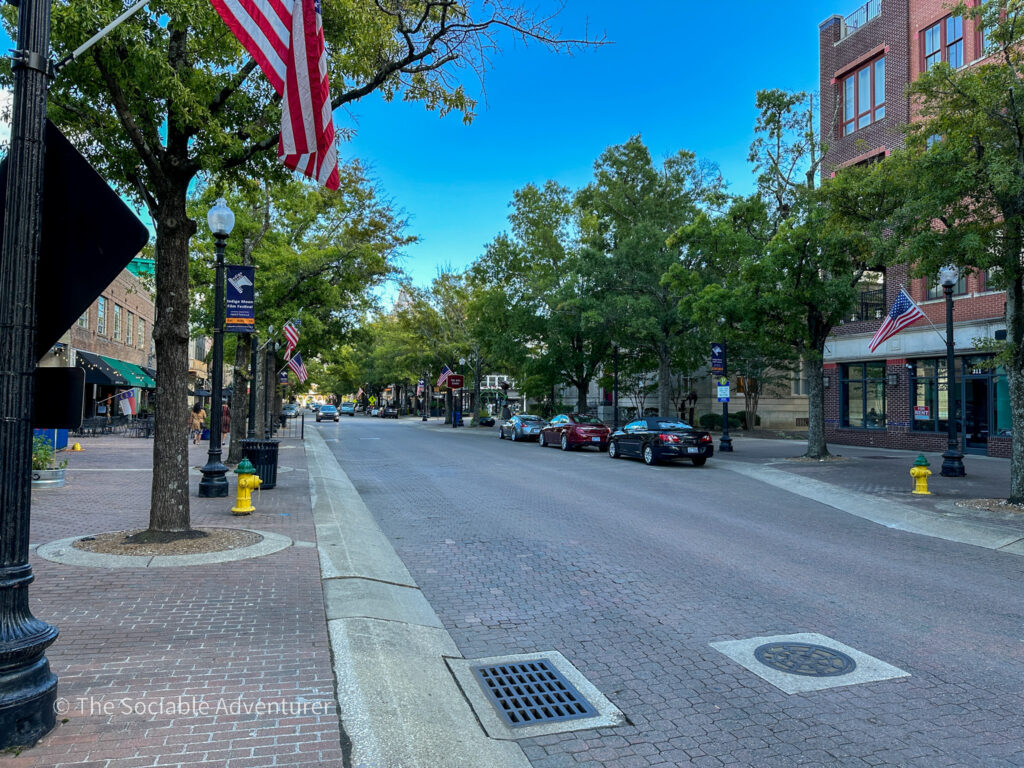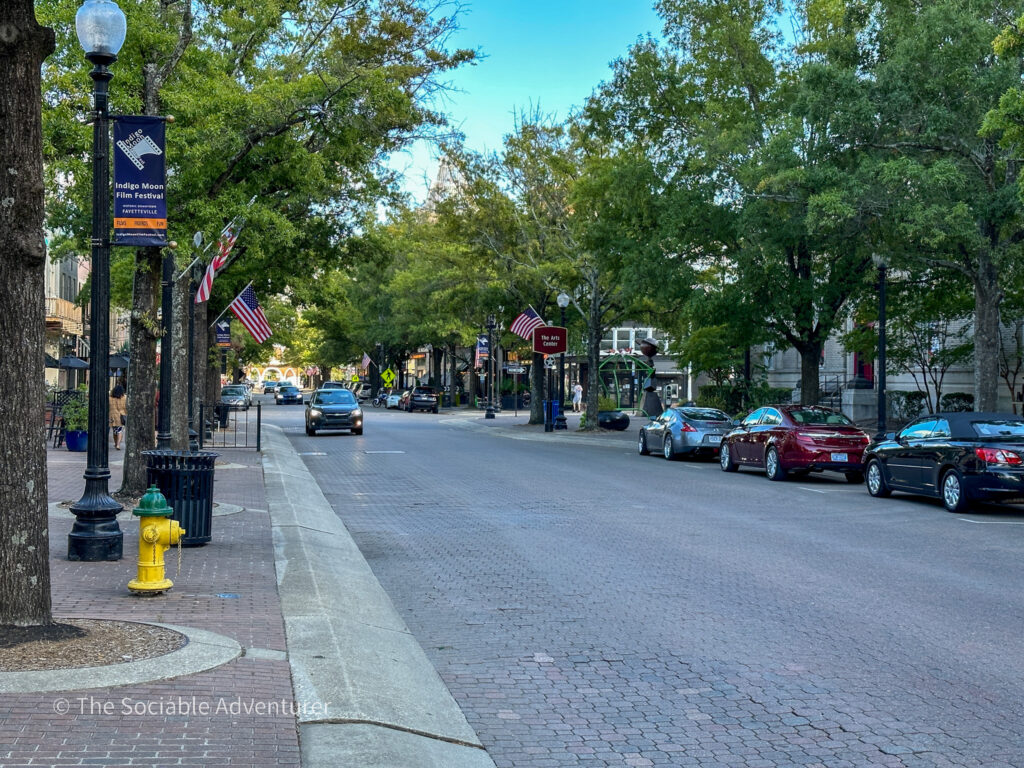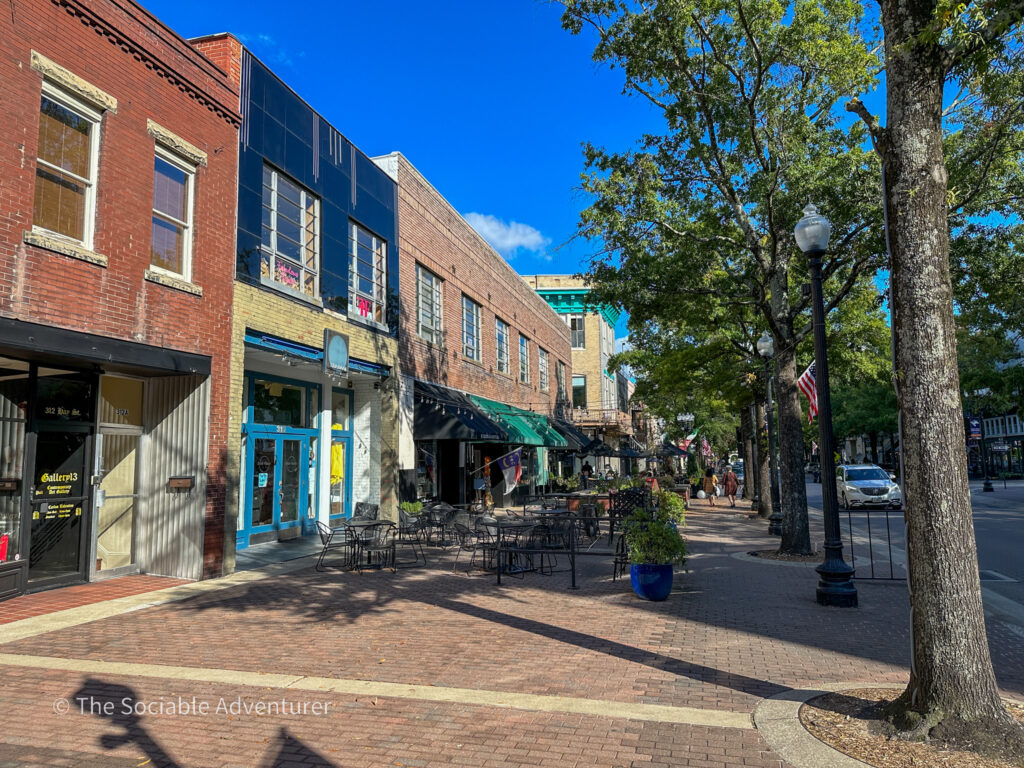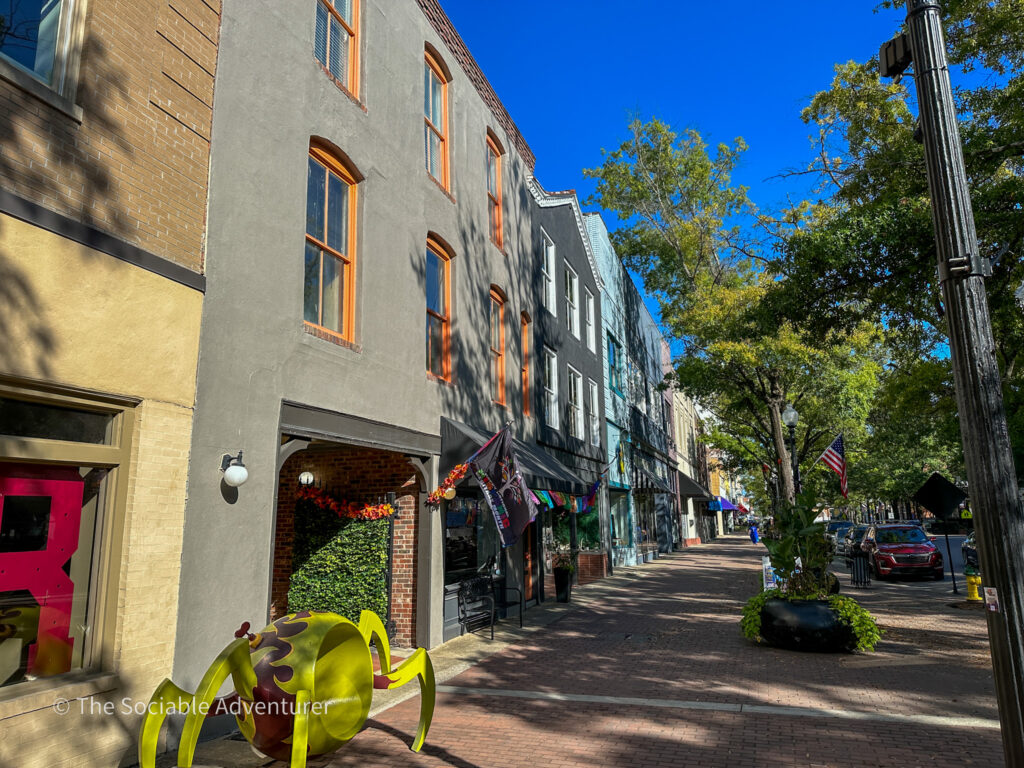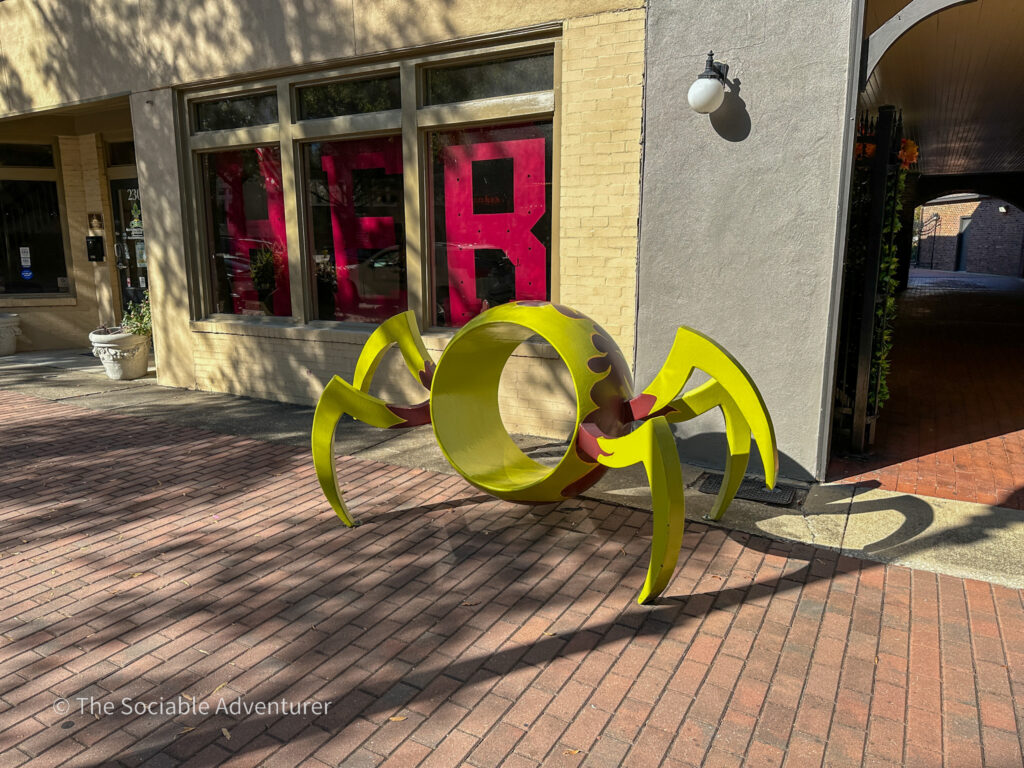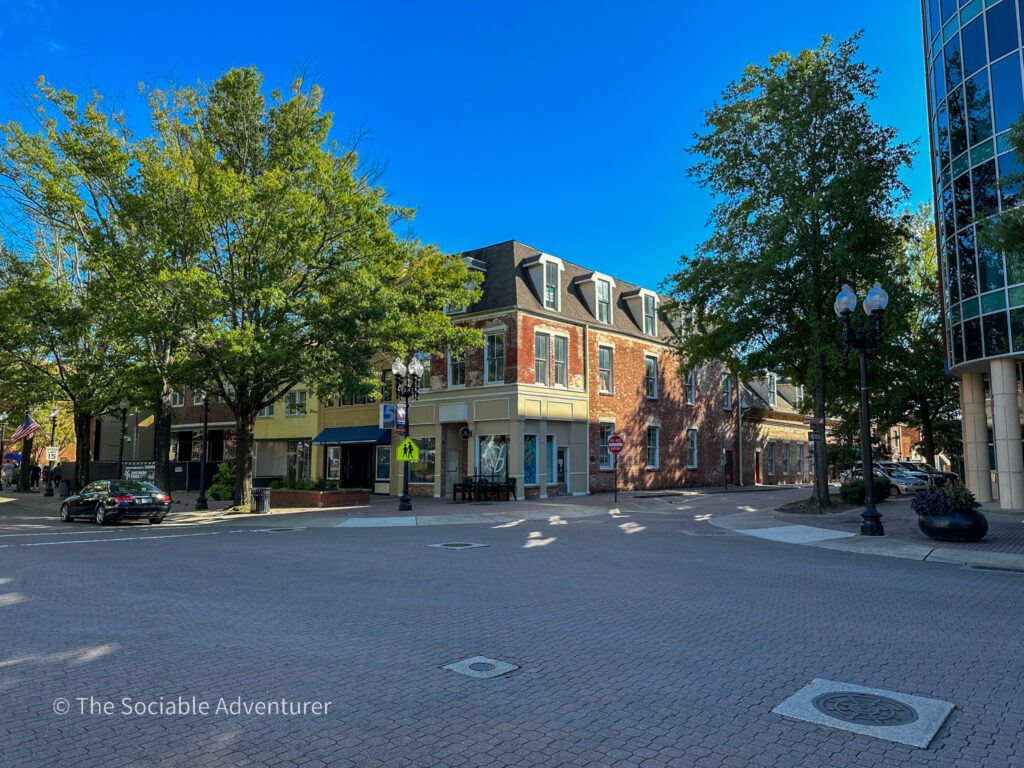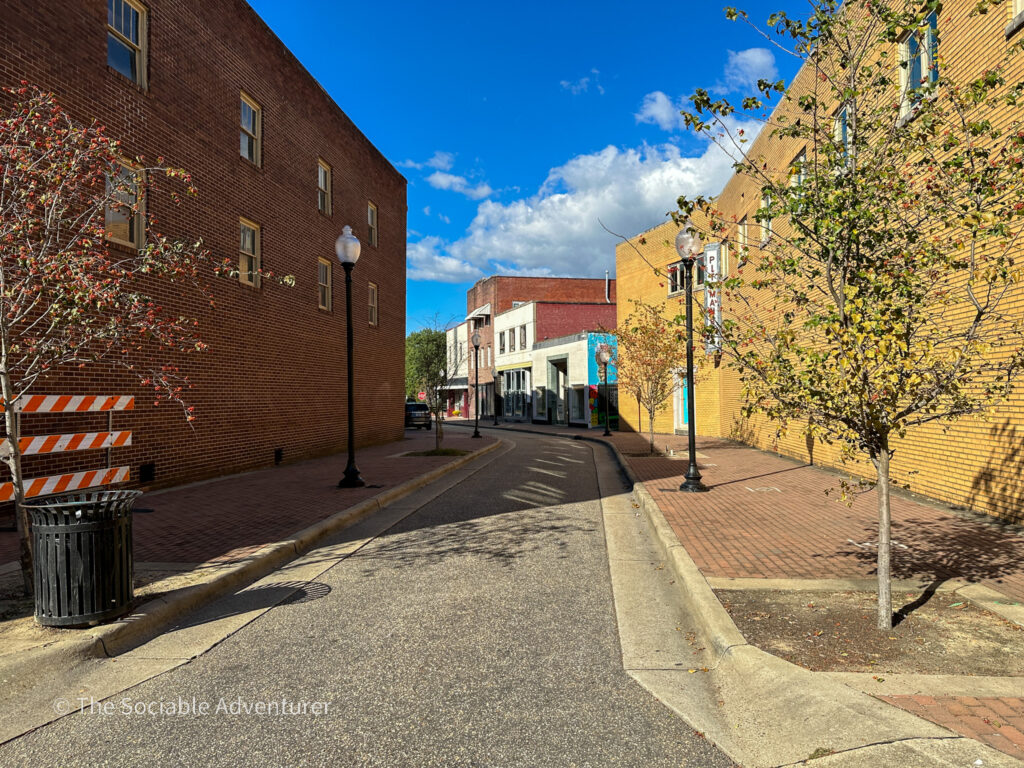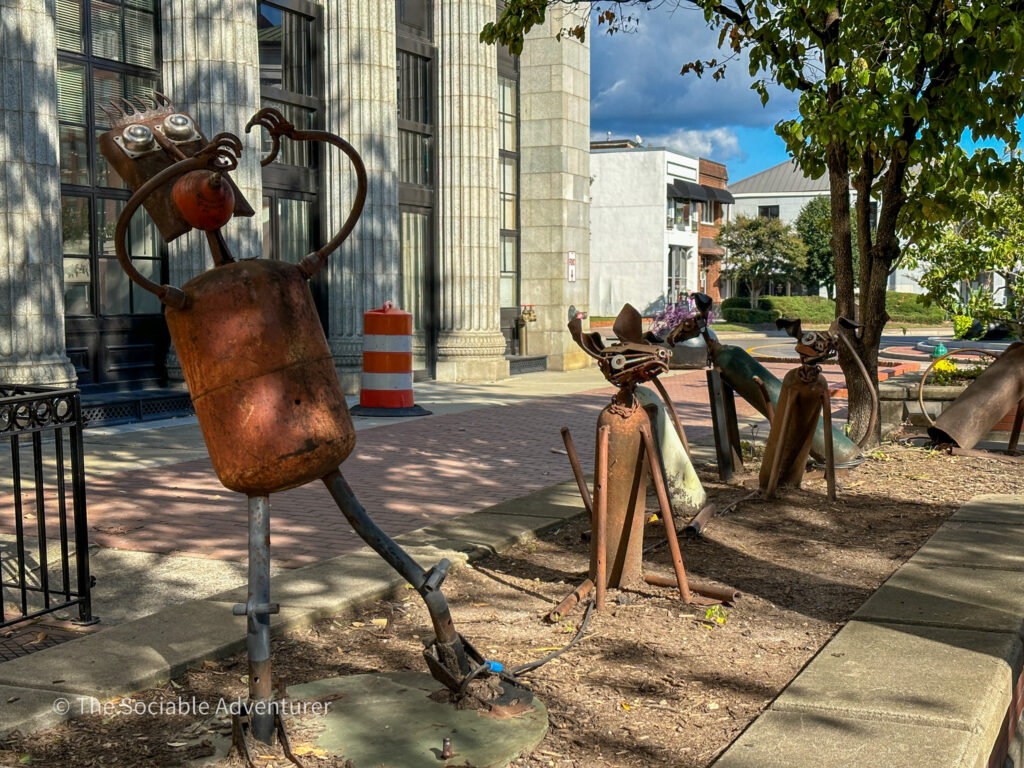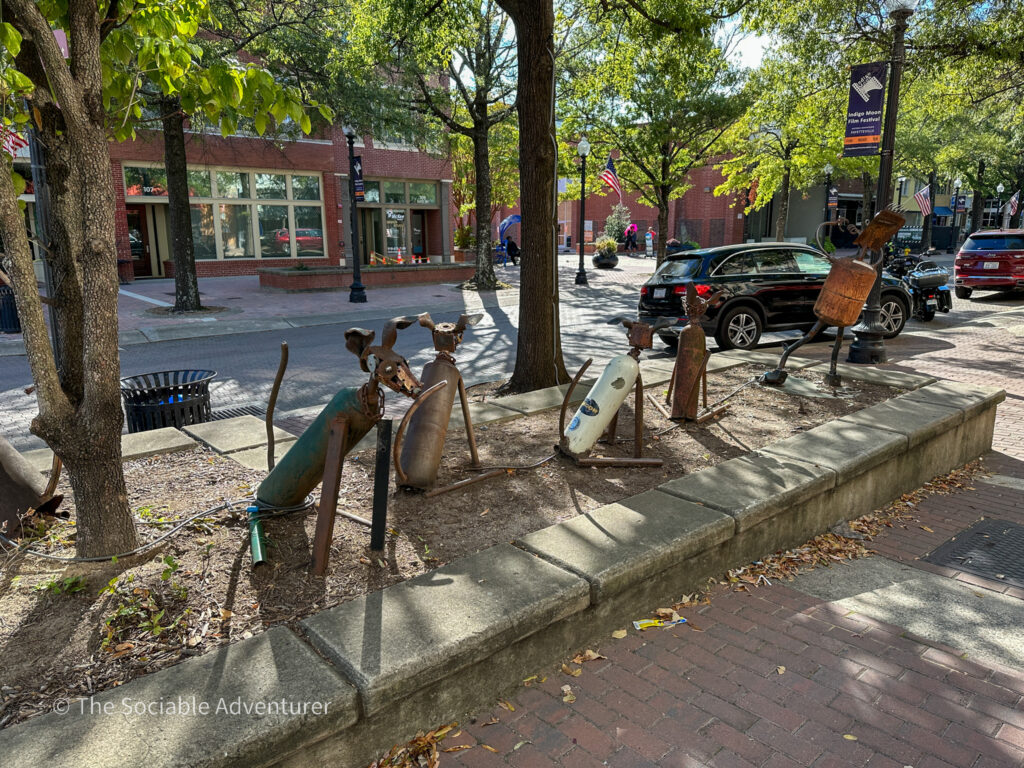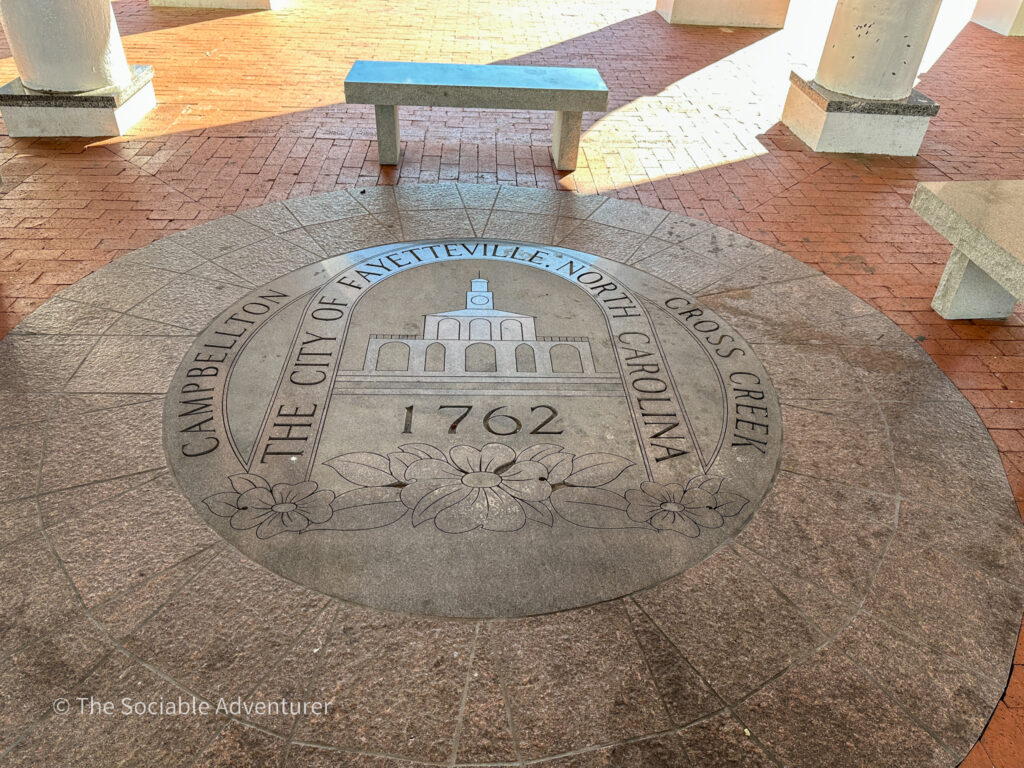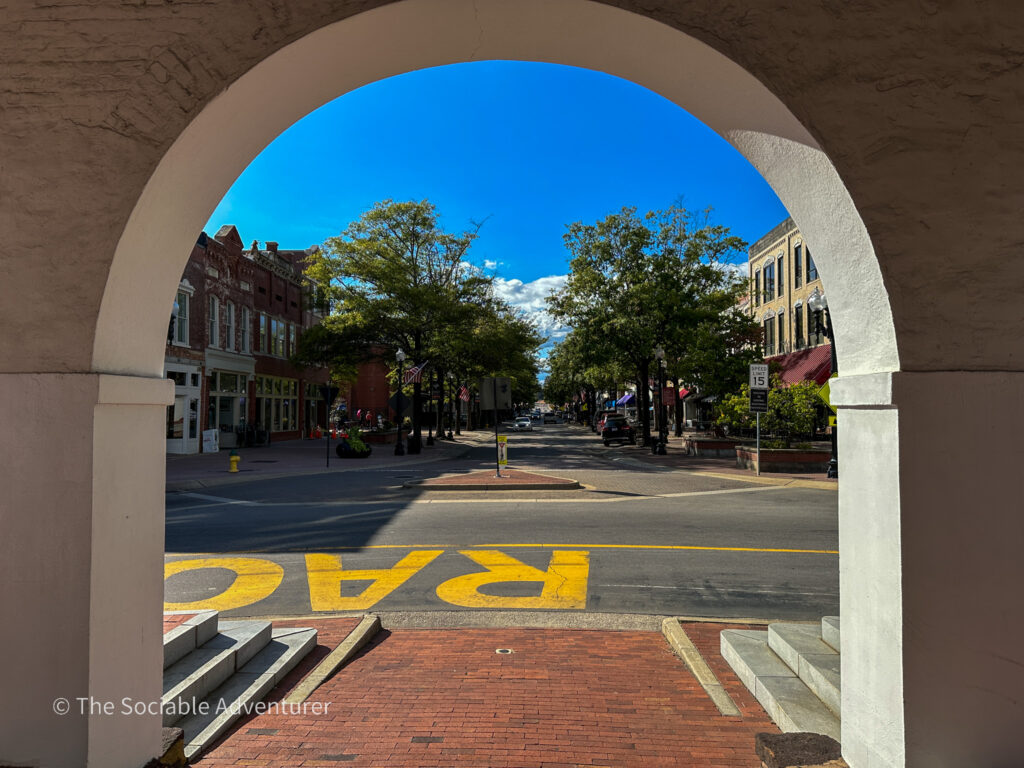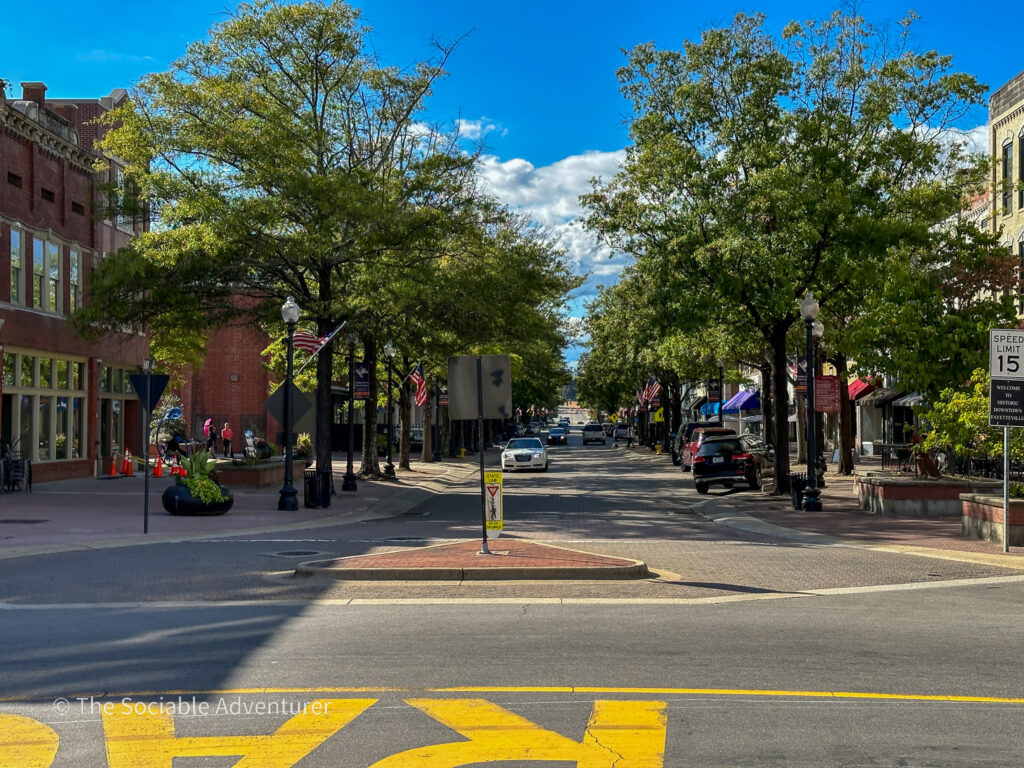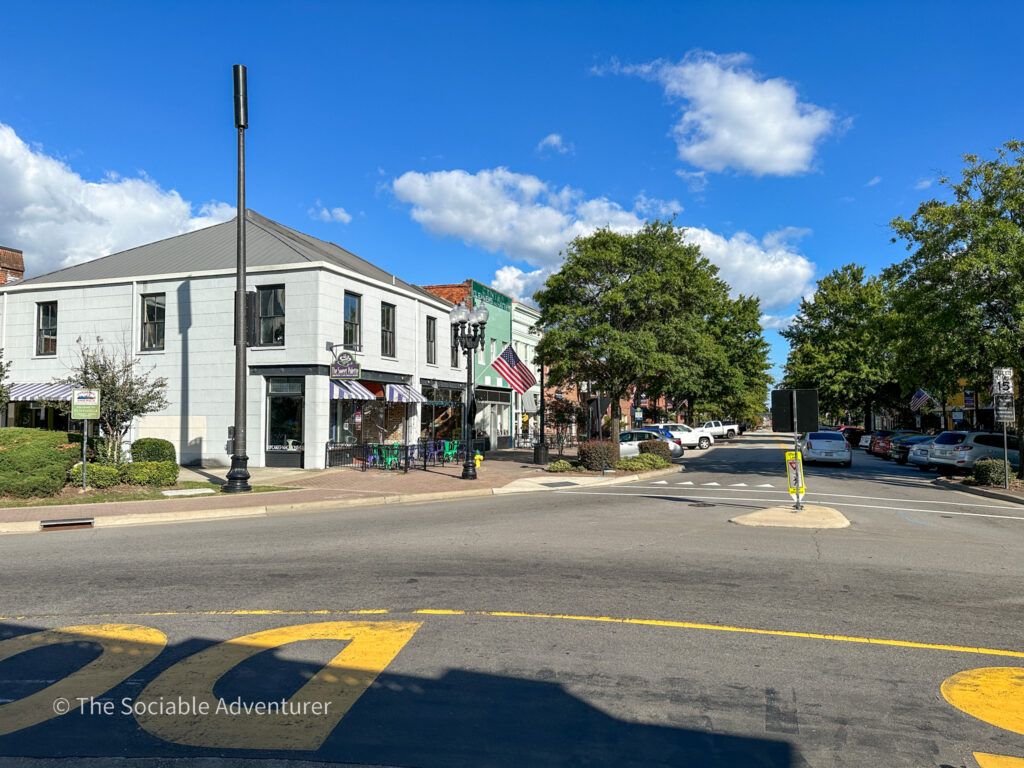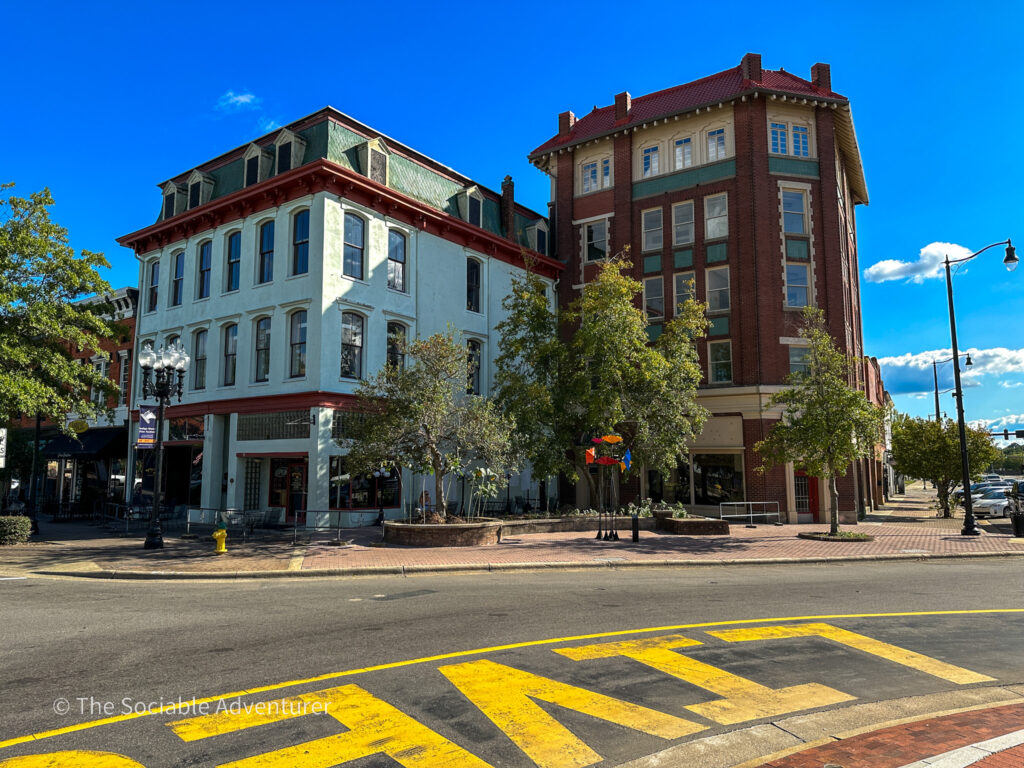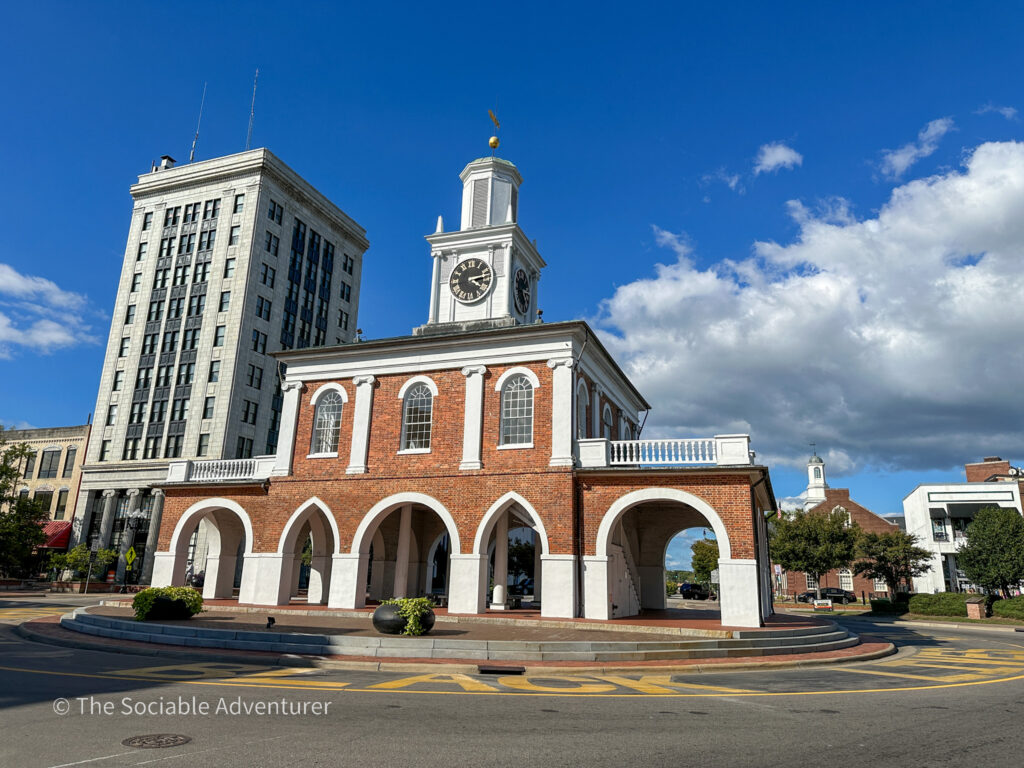Fayetteville was created by merging two separate colonial towns (Cross Creek and Campbell Town) in 1783. Fayetteville was named in honor of the Frenchman Marquis de Lafayette, who was a hero during the American Revolution. During the American Revolution, Fayetteville was a significant center for political and military activities. The town served as a supply depot for the Continental Army, and the North Carolina General Assembly met here from 1786 until 1794, when the capital was moved to Raleigh, making it one of the state’s first capitals. In the decades leading up to the Civil War, Fayetteville grew as a regional trade and transportation hub. The town’s economy was based on agriculture, with cotton as a major crop, and it became a center for the production of naval stores. A fire burned much of Fayetteville’s downtown in 1832, which was devastating but allowed Fayetteville to replace many of its wooden structures with brick ones. Fayetteville played a role in the Civil War, with the Fayetteville Arsenal being an important Confederate arms and munitions manufacturing facility. The arsenal was destroyed by Union forces in 1865 during General William T. Sherman’s march through the Carolinas. After the Civil War, Fayetteville, like many Southern towns, faced the challenges of Reconstruction. The economy slowly recovered, and the town continued to develop as a center for commerce and industry. The establishment of Fort Liberty in 1918 (formerly known as Fort Bragg), a major U.S. Army installation, significantly impacted the local economy and population. Fort Liberty has been a major factor in shaping Fayetteville’s character and growth. It is one of the largest military installations in the world and has played a crucial role in various military operations, including deployments to Iraq and Afghanistan. Today, Fayetteville has a charming downtown area with many activities available, making it a great day trip destination.
